What exactly defines a “dance song”? It’s a broad term, isn’t it? In a way, almost any song can be a dance song if it moves someone. Think about it – The Beatles, Slayer, hip-hop, reggae – all have tracks that get people moving. But when we talk about the best club dance songs, we’re diving into a more specific and vibrant world: “dance music culture.” This culture is vast, spanning nearly half a century, constantly evolving, and always looking towards the future.
Our journey into the heart of dance music starts in the mid-1970s with the explosion of disco, paying tribute to the legendary James Brown, the architect of the extended groove. From there, we move into the early 80s club sounds like electro and Latin freestyle. The culture was reborn in Chicago with house music and Detroit with techno, then rapidly mutated through the 90s rave scene, giving birth to genres from jungle and trance to gabba and garage. Eventually, this evolution led to the EDM and dubstep phenomena of the 2000s. These sounds have had their moments in the spotlight, but they never truly disappear. Drum ‘n’ bass, for instance, is experiencing a resurgence, and house music from recent years continues to resonate.
This curated list isn’t aiming to capture every single sub-genre within this massive ocean of dance music. Instead, we’ve focused on tracks that feel timeless, canonical, and universally resonant. We’ve paid particular attention to moments where dance music intersected with the wider musical world – with synth-pop, hip-hop, funk, Miami bass, R&B, indie-rock, Latin music, and pop. That’s why you’ll find artists like Prince, Robyn, Britney Spears, and Shakira alongside pioneers like Adonis, Frankie Knuckles, Moodymann, Goldie, and SOPHIE.
If you’ve ever wondered how we arrived at a point where mainstream artists like Drake and Beyoncé are releasing house records, this exploration into the Best Club Dance Songs tells that story – or at least, our version of it.
Donna Summer, ‘Last Dance’ (1979)
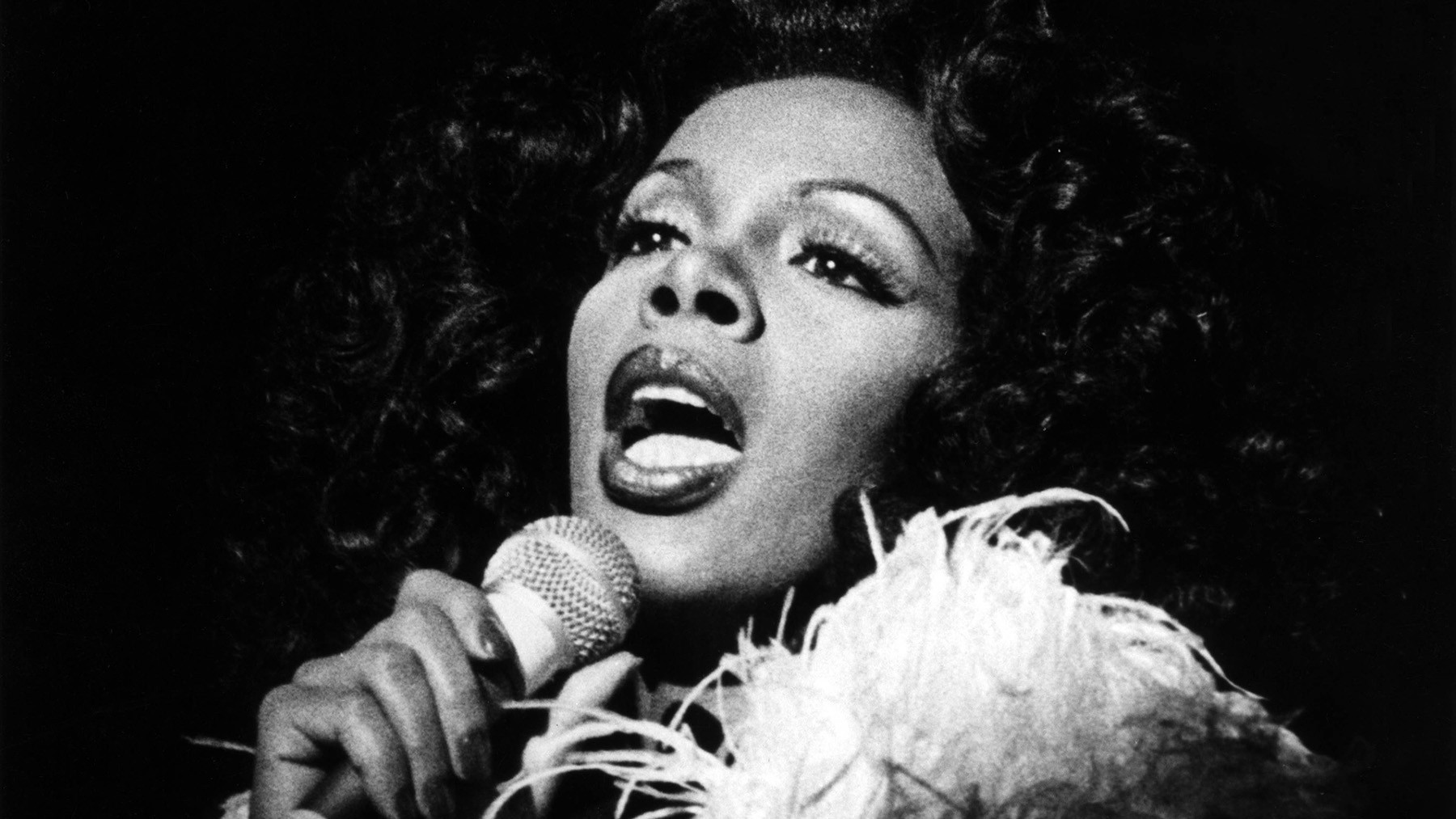 Donna Summer Last Dance Image Credit: Redferns
Donna Summer Last Dance Image Credit: Redferns
Thank God It’s Friday, the film featuring “Last Dance,” might be seen as a promotional vehicle for Casablanca Records and perhaps a sign of disco reaching its peak. Yet, “Last Dance” undeniably earned its Oscar for Best Original Song. It begins at a ballad tempo, gradually building into a powerful and exhilarating disco anthem. The unsung hero? Casablanca’s producer Bob Esty, who conceived the song’s ingenious tempo shift. —M.M.
Fatboy Slim, ‘The Rockafeller Skank’ (1998)
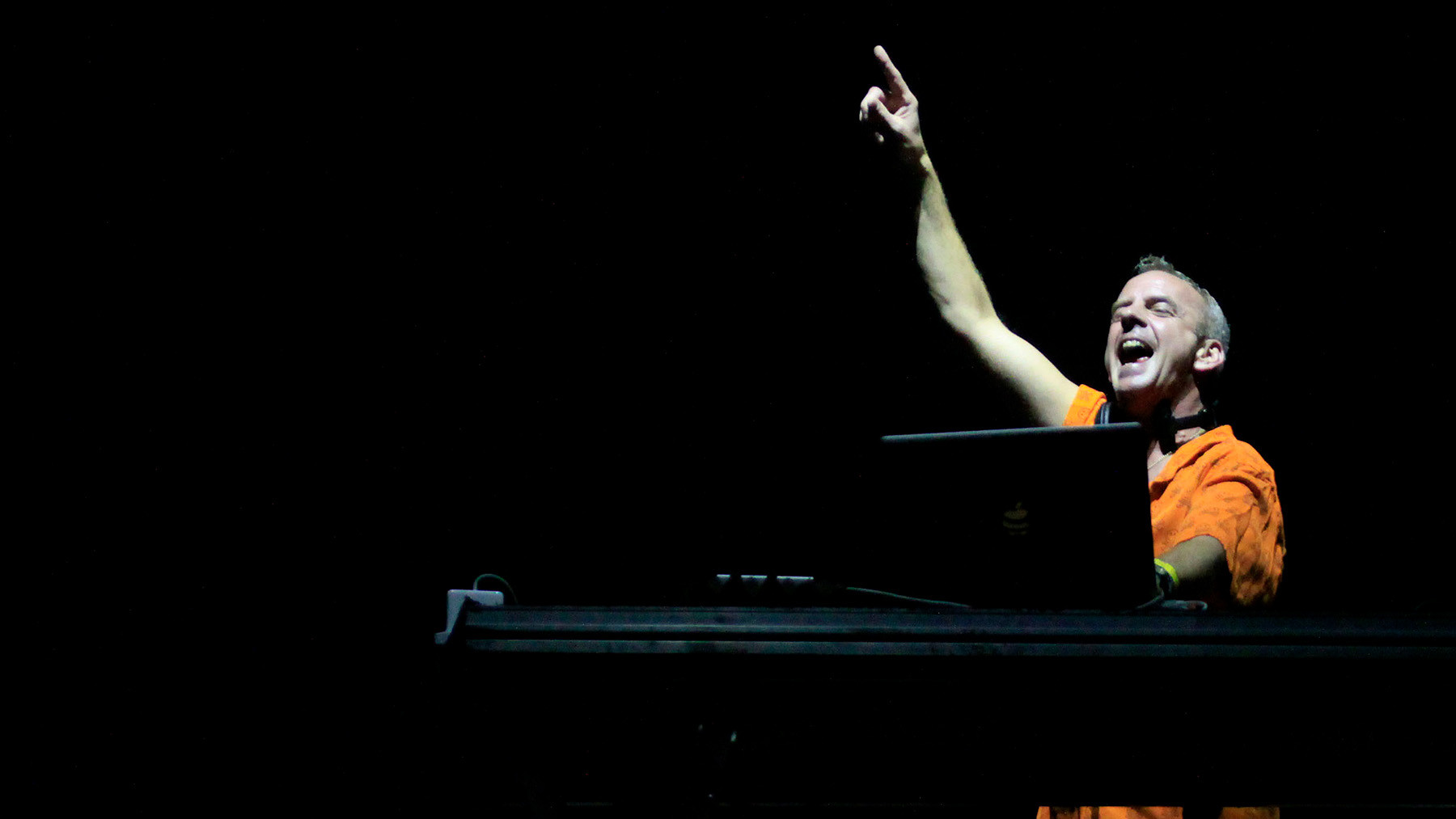 Fatboy Slim performing at Pop Music Festival in Brazil, 2011. Image Credit: AP
Fatboy Slim performing at Pop Music Festival in Brazil, 2011. Image Credit: AP
Norman Cook, aka Fatboy Slim, described his massive hit, “The Rockafeller Skank,” as “funny.” He recounted the first time playing it at the Boutique in Brighton, where the crowd immediately recognized his signature sound. Cook’s formula of breakbeats and guitar riffs hit peak effectiveness with “Skank.” Its surf-rock riff and the iconic Lord Finesse vocal sample (“Right about now, the funk soul brother/Check it out now, the funk soul brother”) quickly became ubiquitous. Cook humorously noted the “Frat-Boy Slim” jokes, acknowledging “Rockafeller Skank” as an anthem for a beer-loving, party-centric mentality. —M.M.
Mescalinum United, ‘We Have Arrived’ (1991)
Techno’s hard-edged cousin, “gabber,” meaning “buddy” in Dutch, finds its strongest fanbase in the Netherlands. However, its primary innovator is Marc Acardipane, who operates under around 90 aliases. His groundbreaking track, “We Have Arrived,” credited to Mescalinum United, remains intensely powerful. Built upon relentless drums and piercing air-raid siren sounds, it became the foundational record for gabber. At Brooklyn raves, where DJ Lenny Dee championed it, crowds would enthusiastically mosh to its aggressive energy. —M.M.
Oliver Heldens, ‘Melody’ (2016)
 Oliver Heldens DJing. Image Credit: Oliver Heldens
Oliver Heldens DJing. Image Credit: Oliver Heldens
By the mid-2010s, even DJs headlining major festivals were tiring of the predictable build-and-drop formula dominating dance music. “Melody” signaled a significant shift. Dutch producer Oliver Heldens was only 18 when he released this track, yet its sweeping string arrangements and uplifting piano melody exuded a sophisticated dance-music classicism. Despite its airy feel, the bass retained a powerful stomp, proving that impactful club tracks could be both melodic and energetic. —M.M.
Kerri Chandler, ‘Rain’ (1998)
New Jersey house producer Kerri Chandler’s deeply soulful tracks and introspective approach have made him a key influence on younger producers and DJs. “I never considered myself a singer,” he stated in 2014, “I feel I’m more of a vocalist. I write my life’s story and let it out through the music.” Perhaps “monologist” better describes it. Chandler’s heartfelt plea in “Rain,” with each line punctuated by the poignant title (“Never knew you could be this way — rain”), teeters on the brink of sadness. Yet, the music itself, particularly the playful xylophone solo, is more whimsical than melancholic, making it a unique and emotionally resonant club track. —M.M.
Detroit Grand Pubahs, ‘Sandwiches’ (2000)
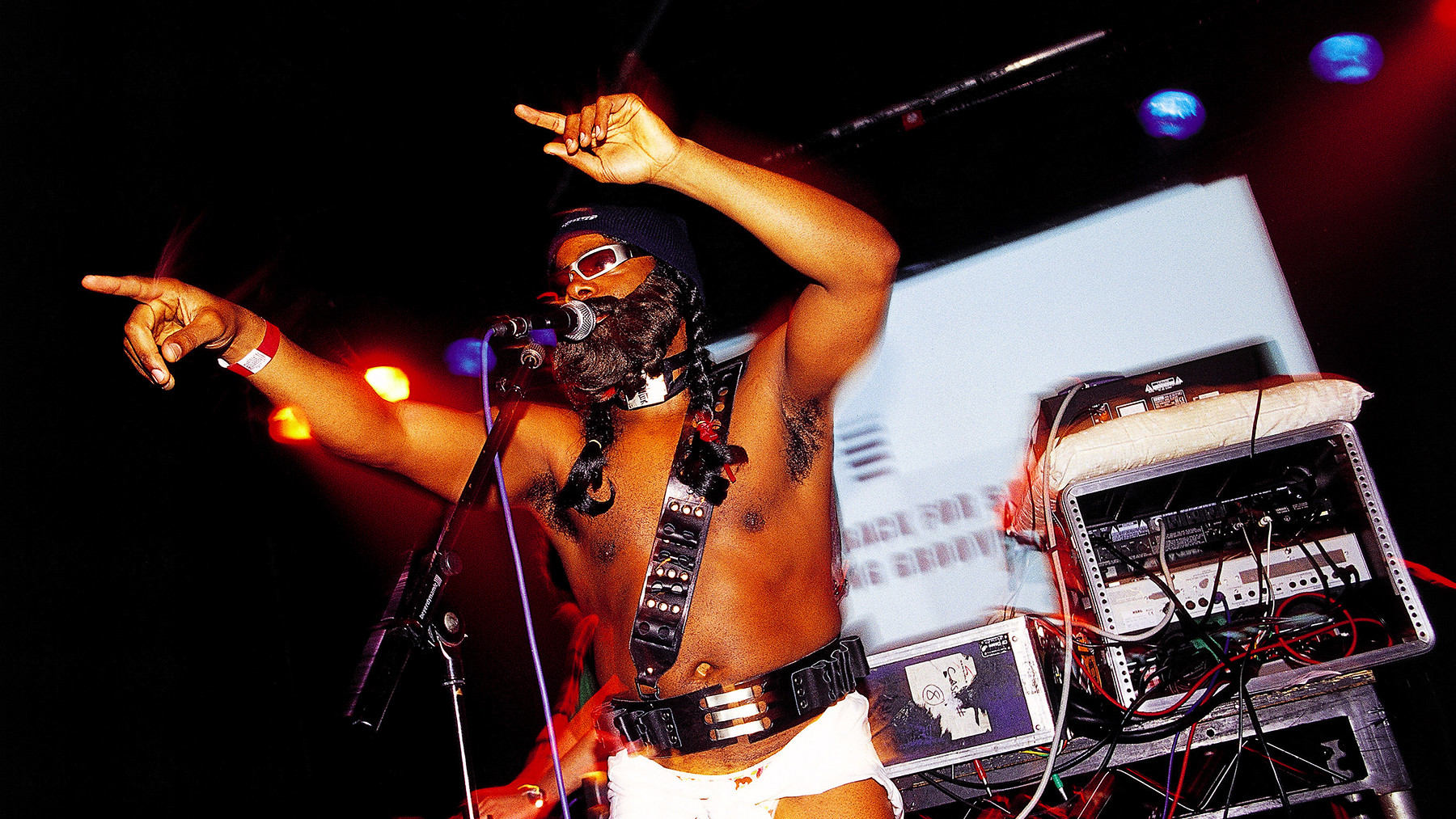 Paris the Black Fu of Detroit Grand Pubahs performing live in London, 2002. Image Credit: Jim Dyson/Getty Images
Paris the Black Fu of Detroit Grand Pubahs performing live in London, 2002. Image Credit: Jim Dyson/Getty Images
Andy Toth and Mack Goudy — a.k.a. Dr. Toefinger Paris the Black Fu of Detroit Grand Pubahs — first connected while working at a Michigan restaurant. “We both liked whiskey and working on music,” Toth recalled. One night, Toth crafted a dynamic electro track, and Paris spontaneously grabbed the microphone. “I said ‘What you got?’ He said, ‘Don’t worry about it. Just turn the mic on.’” Within minutes, Paris improvised risqué lyrics about a dance floor encounter. This impromptu creation became a defining moment of Detroit’s electro revival at the turn of the century and an instant global club hit, showcasing the raw and uninhibited energy of the Detroit scene. —M.M.
Black Box, ‘Everybody Everybody’ (1990)
Sometimes, iconic records emerge from less-than-ideal circumstances. Take “Everybody Everybody.” Martha Wash of the Weather Girls was hired in 1989 to record demos for Italian house producers Groove Groove Melody. She was told the tracks were for other singers. Instead, her uncredited vocals were released under the name Black Box. Adding insult to injury, a model was hired to lip-sync Wash’s vocals in music videos. Wash sued and won, highlighting the unethical practices prevalent in the industry at the time. Daniele Davoli of Black Box later expressed regret, stating, “We didn’t know any better at the time. I guess we had to learn from our mistakes,” acknowledging the exploitation behind the hit’s creation. —M.M.
Big Freedia, ‘Azz Everywhere’ (2010)
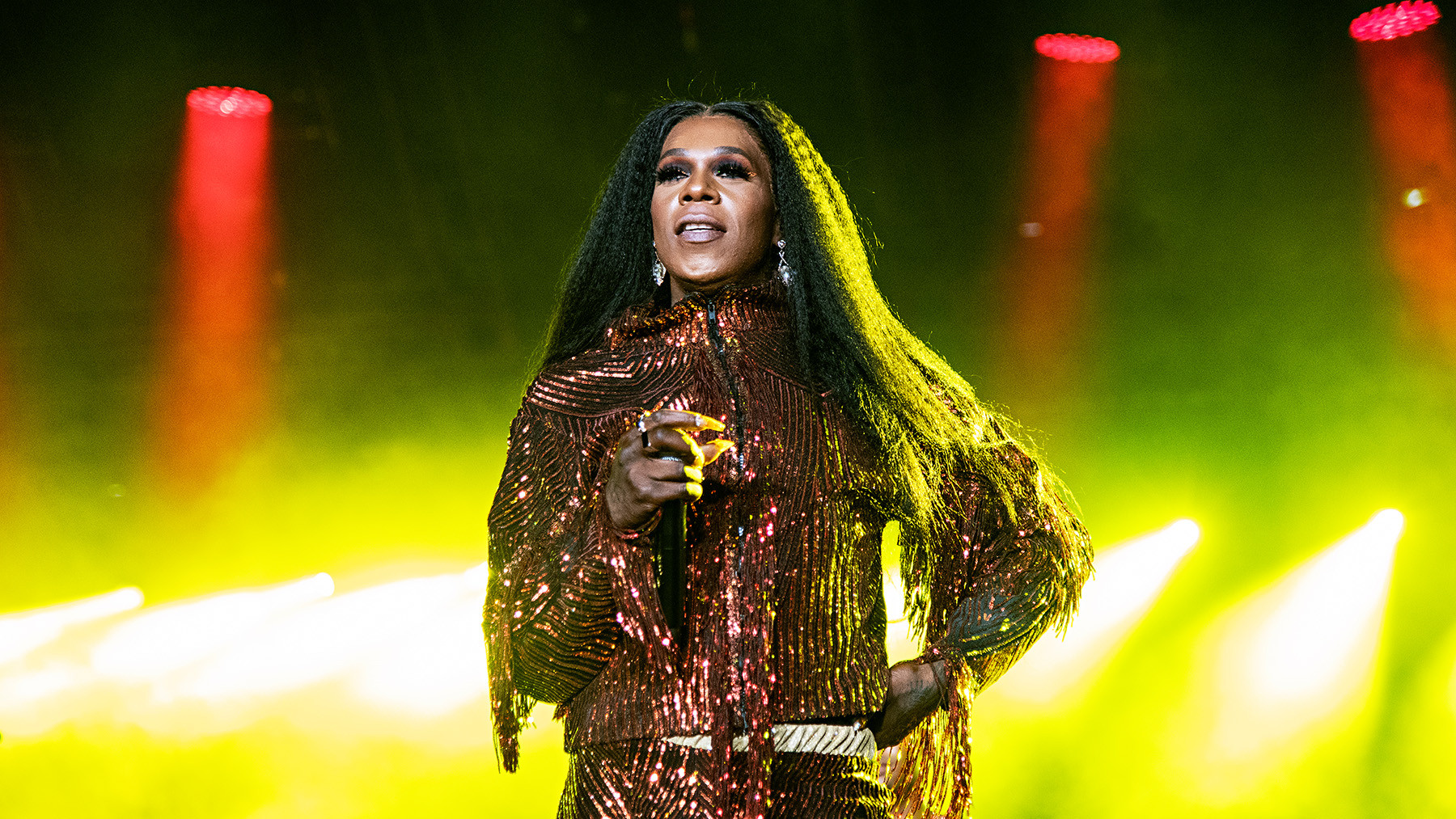 Big Freedia performing at Essence Festival, New Orleans, 2019. Image Credit: Amy Harris/Invision/AP
Big Freedia performing at Essence Festival, New Orleans, 2019. Image Credit: Amy Harris/Invision/AP
“I’ve traveled across the globe, spreading the gospel of bounce and introducing people everywhere to this sound that’s been around for two decades,” Big Freedia explained in 2011, championing New Orleans’ high-energy, chaotic, and vibrant club music – the very music for which twerking was born. “Azz Everywhere” became the breakthrough track for bounce, a whirlwind of snares, samples, and the shouted title phrase. Big Freedia added, “We sometimes hold classes on tour at venues and colleges to educate about bounce music history. We describe it as uptempo, heavy bass, call-and-response music. And it’s definitely all about azz shaking!” —M.M.
Joy Orbison, ‘Hyph Mngo’ (2009)
In the late 2000s, dubstep producers were pushing boundaries, leading to a wave of experimental tracks. Joy Orbison’s debut, “Hyph Mngo,” became the defining dubstep track of 2009, capturing the scene at its peak. The bassline and synth textures are smooth and gliding, yet the ricocheting snare and fragmented vocal samples – a woman’s voice calling out “Ooh!” and “I do” – evoked a surprising emotional depth rarely found in dubstep, propelling it into mainstream consciousness and making it a club favorite for its unique blend of rhythm and emotion. —M.M.
ESG, ‘Moody’ (1981)
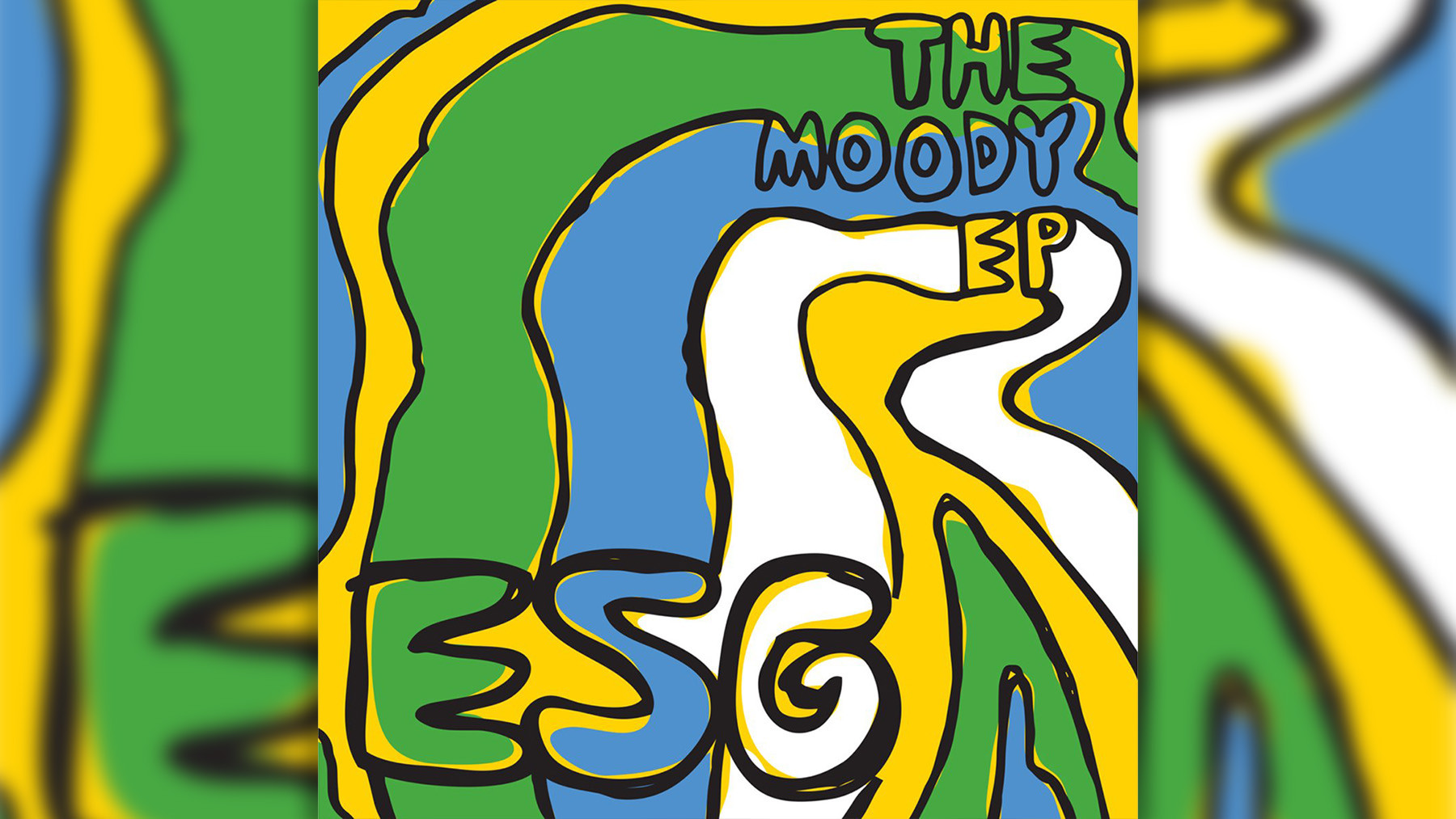 ESG Moody performing live. Image Credit: ESG Moody
ESG Moody performing live. Image Credit: ESG Moody
The Scroggins sisters from the South Bronx left an enduring mark on New York dance music with their band ESG, formed in the late 1970s. While rooted in funk and disco, their minimalist sound and percussive focus resonated with post-punk and no-wave club scenes. Their debut EP, produced by Joy Division’s Martin Hannett, solidified their sound. “Moody,” the EP’s centerpiece, remains futuristic – a hypnotic bassline, bongo rhythms, and Renee Scroggins’ ethereal vocals cutting through the sonic landscape. Its sparse yet powerful groove made it a staple in underground clubs and continues to inspire. —C.S.
La Roux, ‘In for the Kill (Skream’s Let’s Get Ravey Remix)’ (2009)
 La Roux performing live. Image Credit: Jim Ross/Invision/AP
La Roux performing live. Image Credit: Jim Ross/Invision/AP
Artists sometimes have mixed feelings about remixes of their work. However, La Roux’s Elly Jackson praised Skream for his remix of “In for the Kill,” claiming he not only captured the essence of her synth-pop single but also “regave birth to the real meaning and atmosphere of the song as we wrote it.” Skream’s remix strips away the original’s upbeat rhythm (and Kanye West’s verse), creating intense tension with flattened synths before unleashing explosive drum-and-bass breaks. Jackson admitted, “What he did with the song is what we would have done if we’d been brave enough. We wanted to make a pop record and that just isn’t a pop thing, what he did to it,” highlighting the remix’s daring and transformative impact. —M.M.
Double 99, ‘RIP Groove’ (1997)
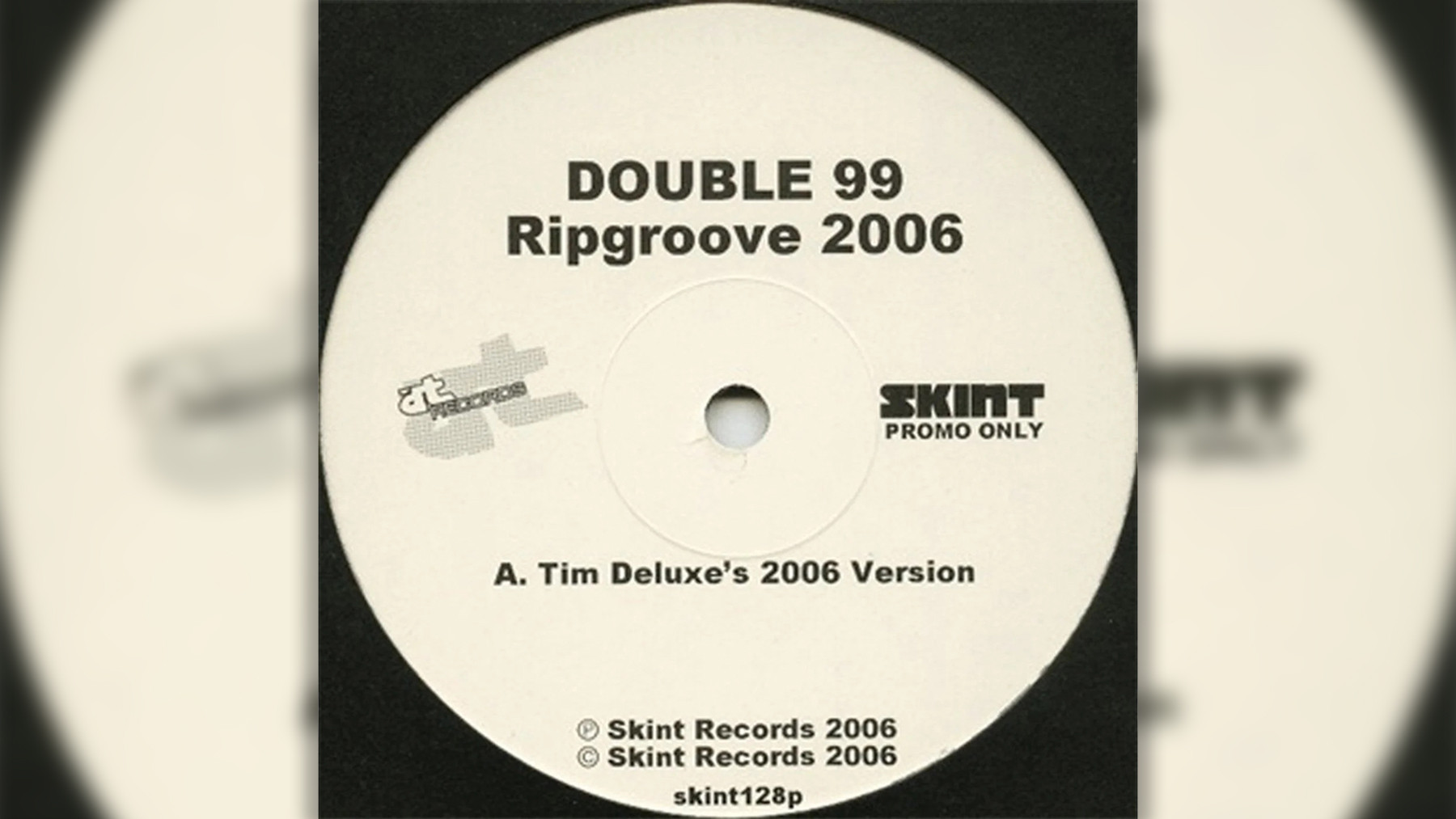 Double 99 performing live. Image Credit: Double 99
Double 99 performing live. Image Credit: Double 99
London producers Tim Deluxe and DJ Omar, previously known as RIP, rebranded as Double 99 to mark a double-pack vinyl EP, as Omar explained. Due to time constraints, they created track names and artwork before the music was finished. “RIP Groove,” a tribute to their previous moniker, cleverly sampled Armand Van Helden’s remix of CJ Bolland’s “Sugar Is Sweeter,” along with Kenny Dope and singer Tina Moore samples. Created in just three hours, it became a massive hit in 1997, catapulting UK garage (then called “speed garage”) into the pop mainstream and defining a new sound in club culture. —M.M.
Snap!, ‘The Power’ (1990)
“The Power” exemplifies a classic dance-music archetype: German producers sampling an American rapper (Chill Rob G of Flavor Unit) and an American R&B vocalist (Jocelyn Brown) to create a club hit. After major label Arista picked it up, they re-recorded it with Turbo B, an American G.I. stationed in Germany. The original rapper then re-recorded that version as Power Jam feat. Chill Rob G. Both versions became club anthems, but “The Power” transcended genres, becoming a blueprint for Europop. Snap!’s Michael Muenzing noted in 1994, “Now you have 50 or 60 groups singing this way — rapping, singing the chorus, and going back to the rap,” illustrating its profound influence on pop and dance music production. —M.M.
DJ Frosty feat. Fatman Scoop, DJ Webstar, Young B. & Smooth, ‘Ride That Wave (Remix)’ (2010)
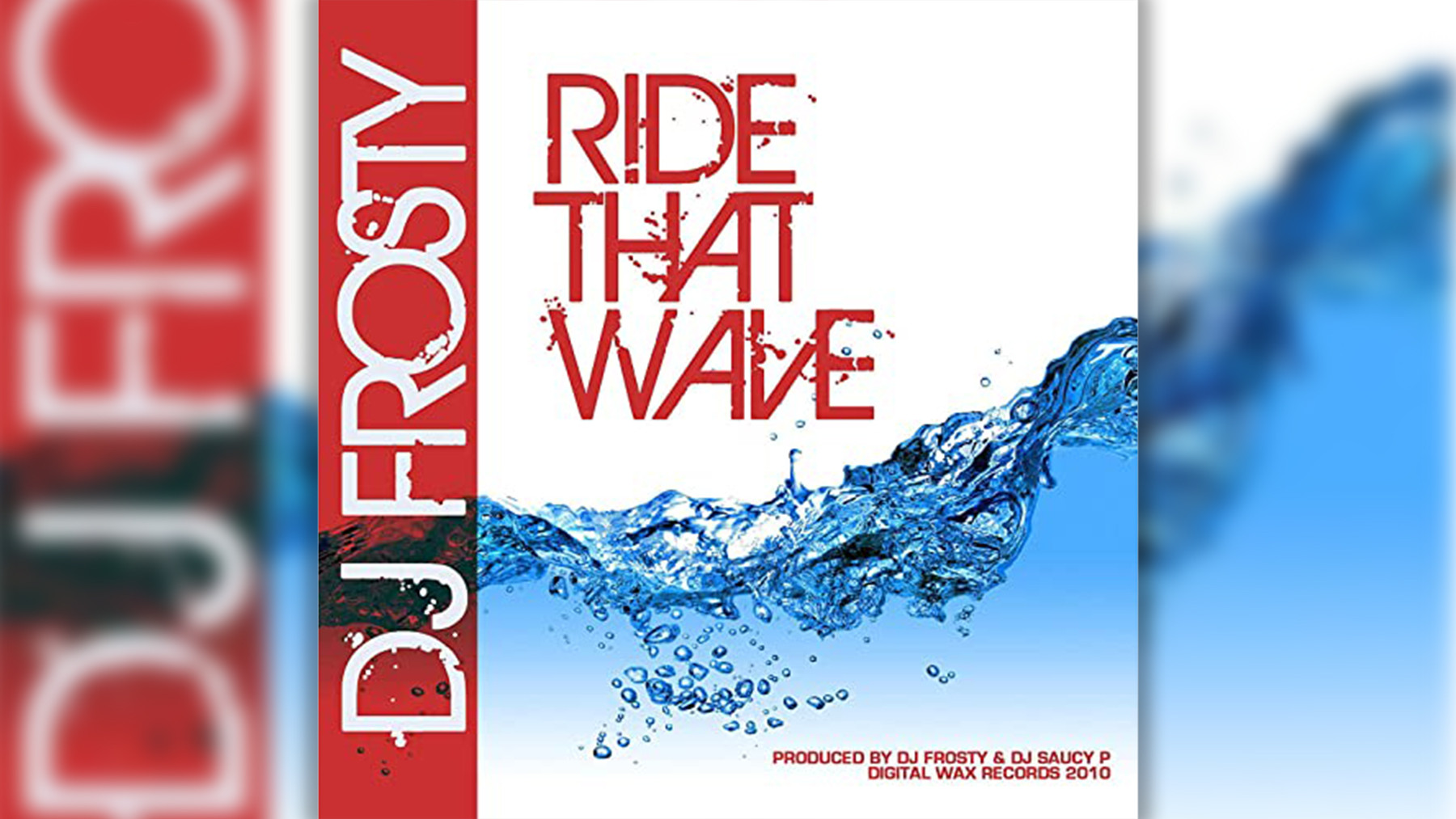 DJ Frosty performing live. Image Credit: DJ Frosty
DJ Frosty performing live. Image Credit: DJ Frosty
Jersey club, originating in Newark, New Jersey (initially called Brick City club), is characterized by syncopated rhythms, clipped vocal samples, and an energetic yet non-violent vibe, reminiscent of classic hip-house in a blender. DJ Frosty’s “Ride That Wave” perfectly embodies this sound. This incredibly catchy chant-along track emerged as Jersey club began gaining international attention from EDM producers. This wave of influence eventually reached mainstream artists like Drake with Honestly, Nevermind. The remix featured Fatman Scoop, known for his 90s hip-hop cut-up 12-inches on AV8 Records, favored by DJs like Armand Van Helden and Fatboy Slim, bridging different eras of club music. —J.D.
Todd Terje, “Inspector Norse” (2012)
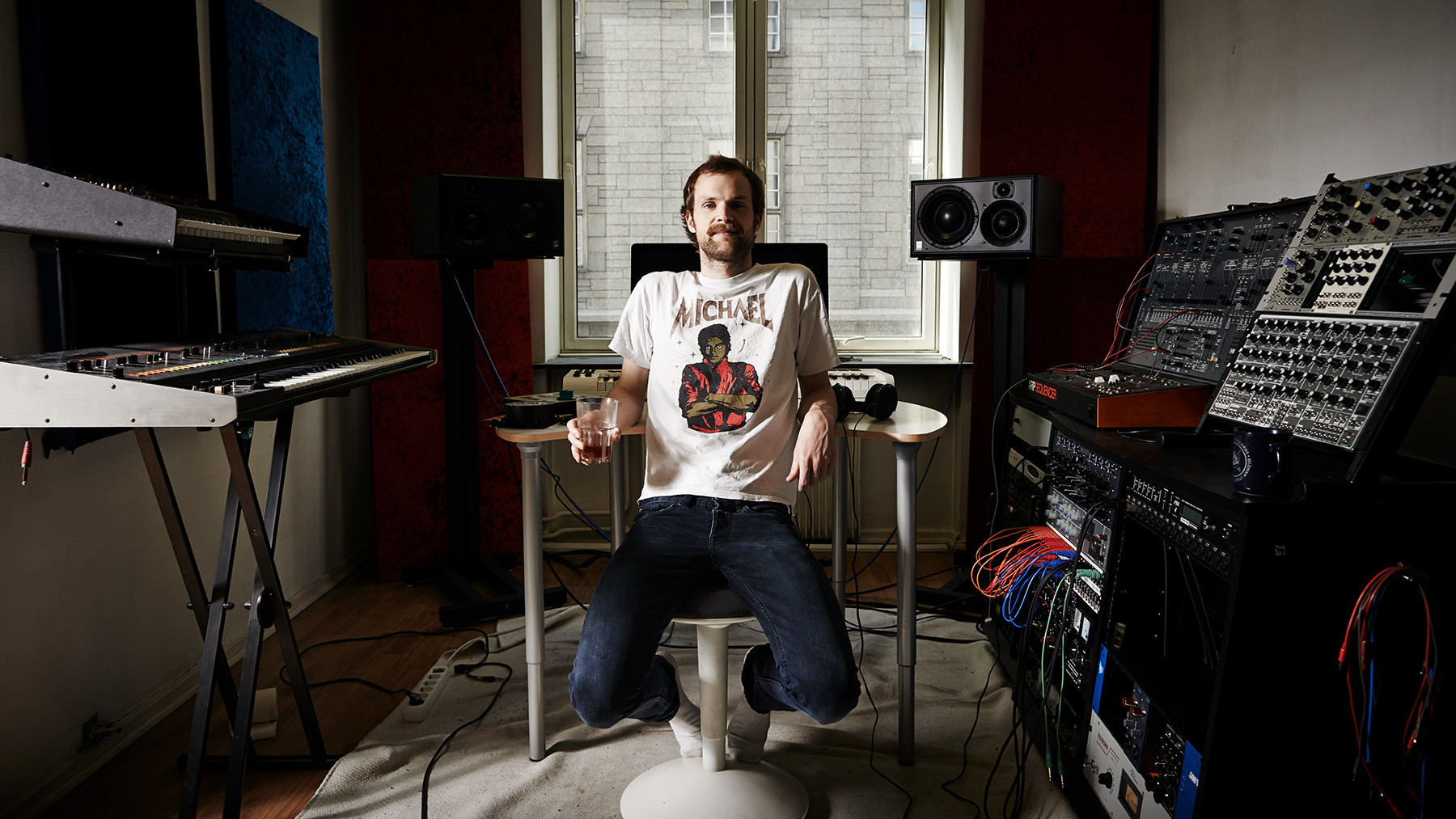 Todd Terje performing live. Image Credit: Future via Getty Images
Todd Terje performing live. Image Credit: Future via Getty Images
Norwegian nu-disco producer Todd Terje created “Inspector Norse” using only sounds from a vintage ARP synthesizer for his It’s the Arps EP. He didn’t anticipate its widespread appeal. “I thought it was going to go well with the DJs, as I’d tried it out and it had a danceable beat, but I never thought I’d hear people singing along to the melodies,” Terje admitted. However, the track’s infectious melody proved irresistible, becoming a surprise hit. “It really helped me as a DJ in terms of popularity,” he acknowledged, highlighting the track’s unexpected crossover success. —M.M.
The Rapture, ‘House of Jealous Lovers’ (2002)
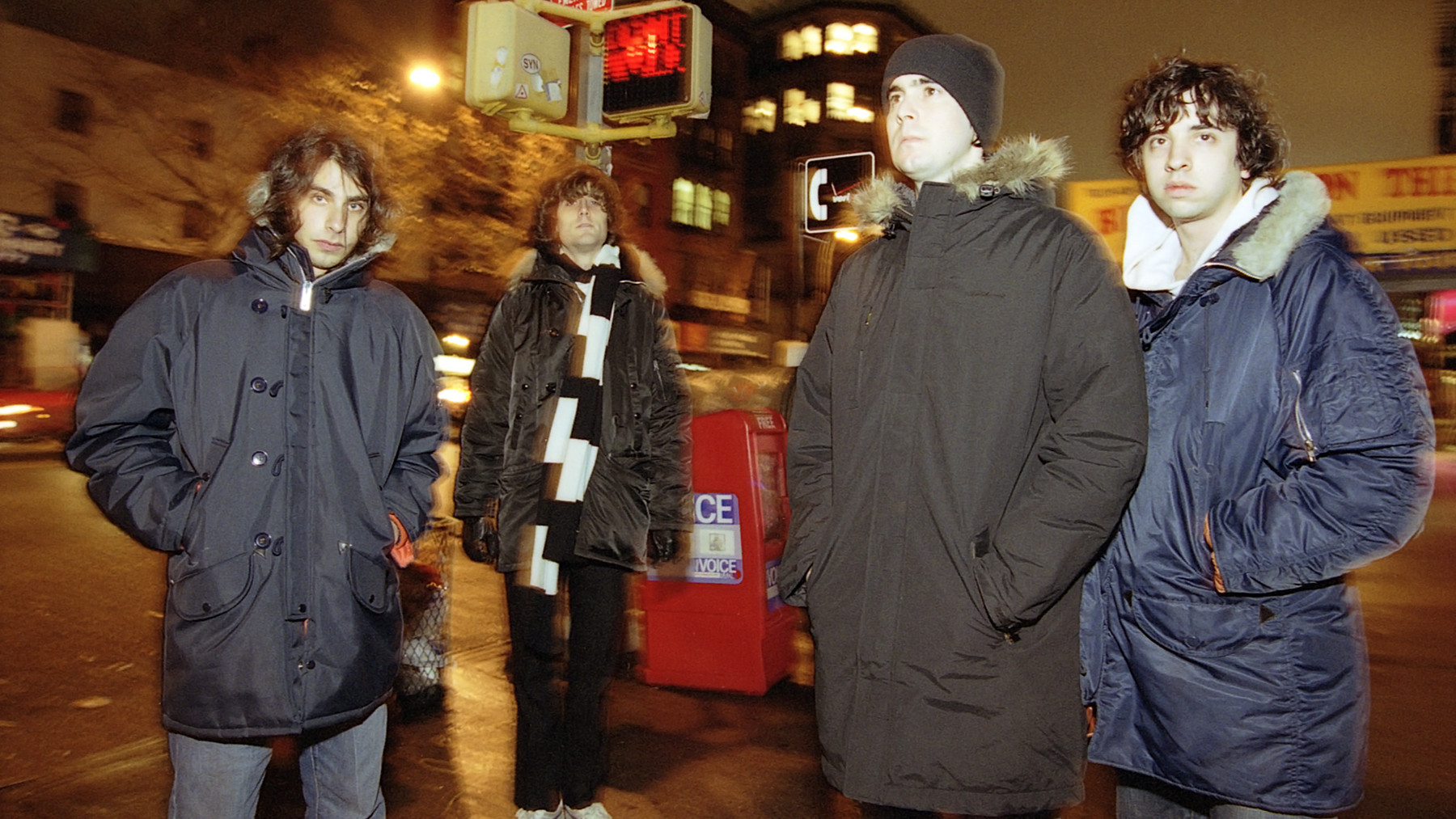 The Rapture performing at Bowery Ballroom, NYC, 2002. Image Credit: David Corio/Redferns
The Rapture performing at Bowery Ballroom, NYC, 2002. Image Credit: David Corio/Redferns
“Most people now have no memory of how absolutely sacrilegious it was at the time,” DFA founder James Murphy reflected on “House of Jealous Lovers.” “We wanted to make a rock track that could compete with dance music. We obsessed over it.” The Rapture’s debut single combined edgy Gang of Four-esque guitar riffs, a frenzied vocal delivery, a powerful beat, and deep bass, specifically engineered to be undeniable to dance DJs. It worked. The song became the pinnacle of the early-2000s “dance-punk” movement, influencing a wave of New York bands and transforming indie bars into dance music venues. —J.D.
TNGHT, ‘Higher Ground’ (2012)
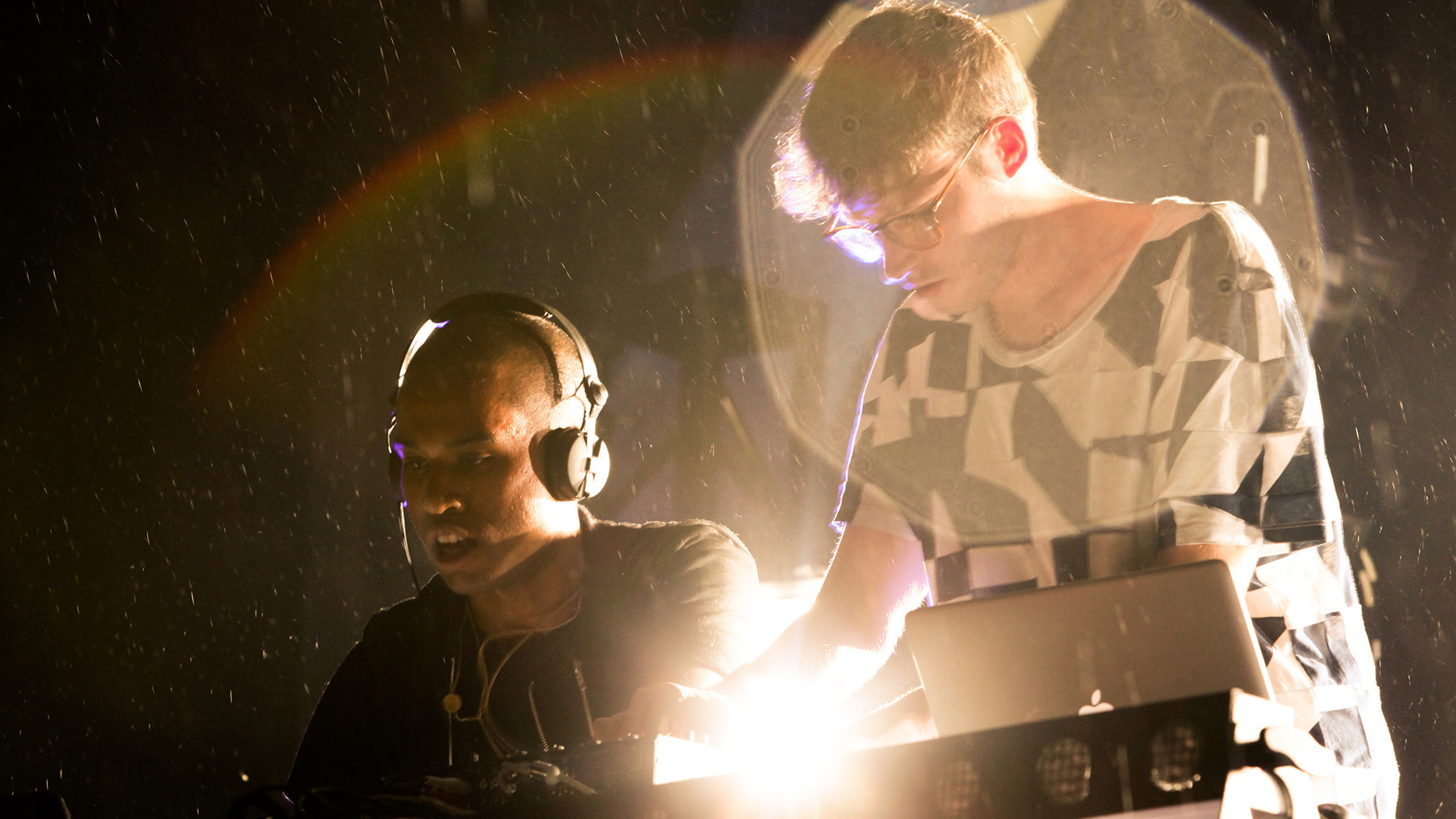 TNGHT performing live. Image Credit: Getty Images
TNGHT performing live. Image Credit: Getty Images
Hudson Mohawke described TNGHT’s 2012 EP with Lunice as “our take on big American rap beats, with a little bit of cheekiness to it.” The five-song EP propelled both artists to the forefront of EDM with its energetic, club-focused trap sound. “Higher Ground,” a powerful and intricate track, became a standout. Within a year, Kanye West enlisted TNGHT to produce “Blood on the Leaves” for Yeezus, demonstrating their rapid rise and influence on mainstream music. —M.M.
Roni Size and Reprazent, ‘Brown Paper Bag’ (1997)
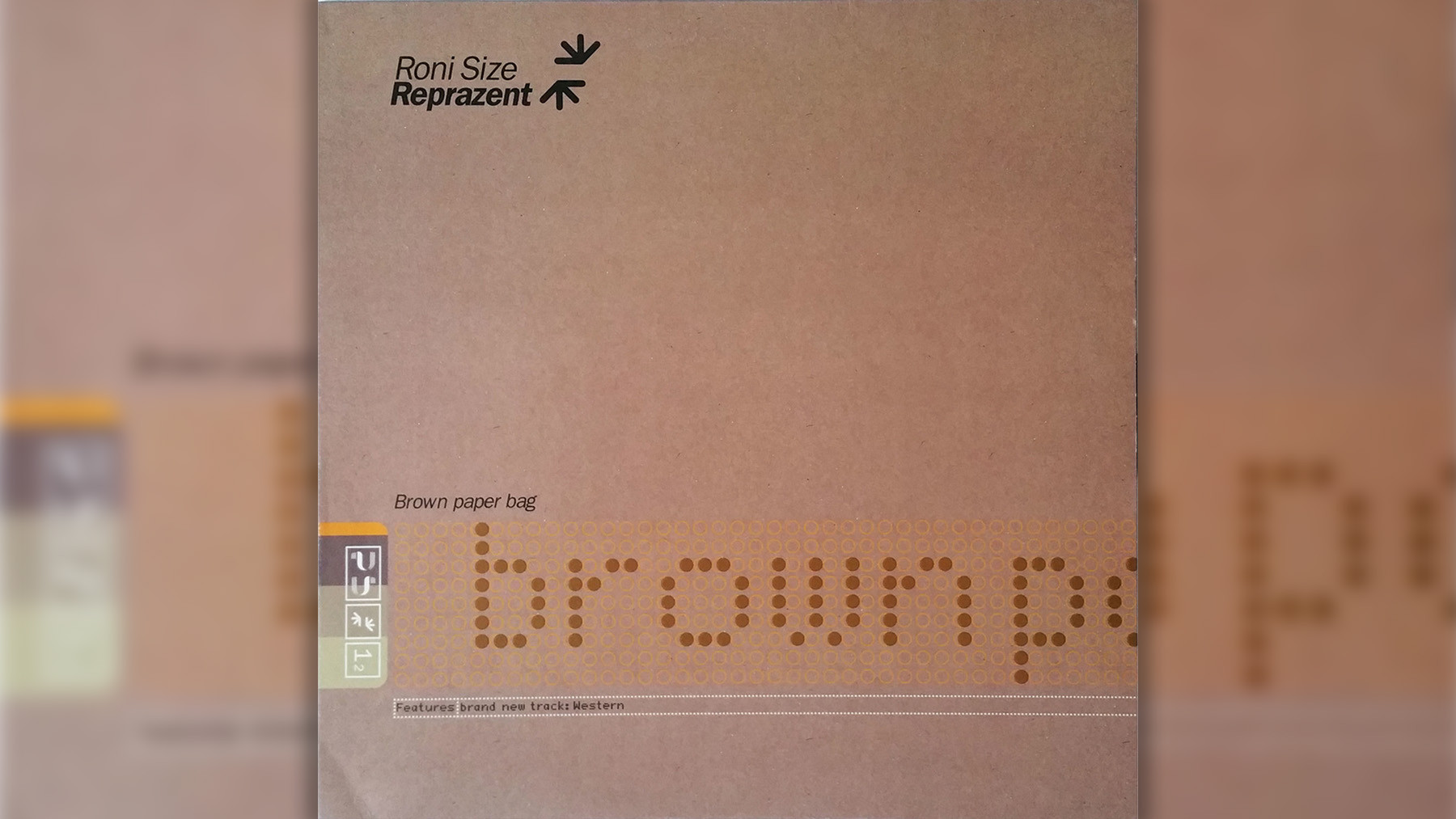 Roni Size Reprazent performing live. Image Credit: Roni Size Reprazent Brown Paper Bag
Roni Size Reprazent performing live. Image Credit: Roni Size Reprazent Brown Paper Bag
In the late 90s, drum and bass was becoming increasingly fragmented and distancing itself from its dancehall and hip-hop roots. Bristol’s Roni Size and Reprazent bridged this gap, creating drum and bass that felt both innovative and connected to its Black roots. They fused fast-paced beats with warm, jazzy influences. “It’s funny how ‘Brown Paper Bag’ split people,” Size noted in 2018, referring to their signature track from New Forms. “They heard the jazz, how it sounded different from everything else, and they saw this other audience that loved it,” highlighting the track’s genre-bending appeal. —J.D.
Soul II Soul, ‘Back to Life (However Do You Want Me)’ (1989)
Led by Jazzie B and Nellee Hooper, Soul II Soul started as a London sound system specializing in reggae and soul. When they began recording in the late 80s, their smooth grooves seamlessly blended both genres. Initially intended for their own parties, their tracks gained wider appeal. “It was literally for our sound [system] at the beginning,” Jazzie B explained. “We weren’t really interested in what anybody else was doing.” However, the world became interested in them. “Back to Life” topped the Billboard R&B chart and reached the Top Five on the Hot 100, showcasing their crossover success. —M.M.
Felix da Housecat, ‘Silver Screen Shower Scene’ (2001)
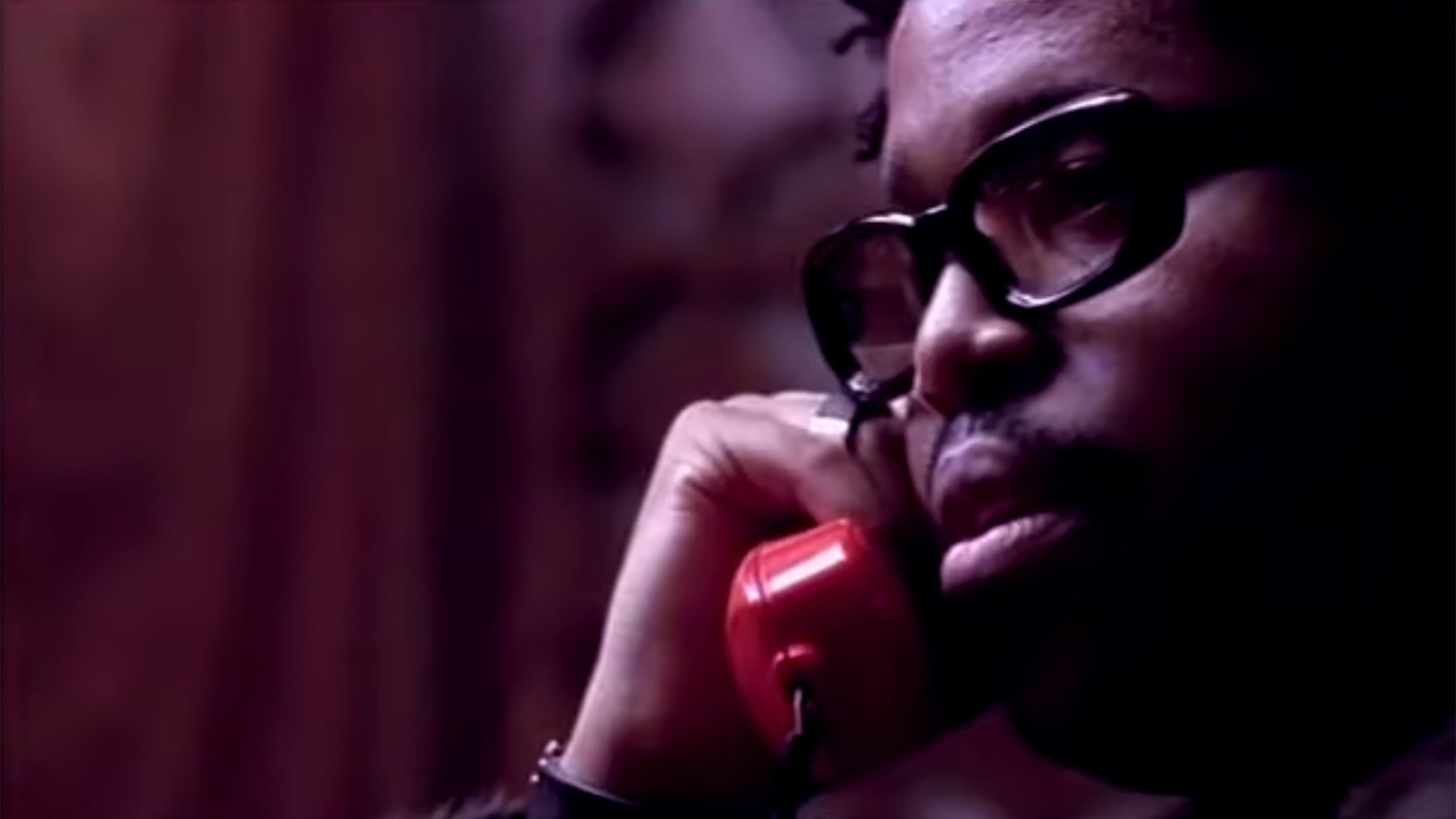 Felix Da Housecat DJing. Image Credit: Felix Da Housecat
Felix Da Housecat DJing. Image Credit: Felix Da Housecat
Felix Stallings Jr., aka Felix da Housecat, is a Chicago house veteran, having created the acid house classic “Fantasy Girl” in high school. His career went global with Kittenz and Thee Glitz (2000), a collaborative project exploring celebrity and artifice with artists like Miss Kittin and Melistar. “Silver Screen Shower Scene” became an instant anthem, its lyrics and music satirizing celebrity culture and defining the electroclash era. Jacques Lu Cont’s “Thin White Duke Remix” further amplified its popularity among DJs, solidifying its club status. –M.M.
Dntel feat. Ben Gibbard, “(This Is) The Dream of Evan and Chan (Superpitcher Kompakt Remix)” (2001)
In 2000, Death Cab for Cutie’s Ben Gibbard had a bizarre dream involving Evan Dando and Cat Power. He turned it into a song, collaborating with Dntel (Jimmy Tamborello) before their Postal Service project. Dntel set Gibbard’s vocals to energetic beats and synths. However, Superpitcher’s remix, from the Kompakt label, elevated it further. With hazy synth layers and echoing bells, the remix captured the dreamlike state hinted at in the lyrics, transforming it into a uniquely atmospheric club track. —M.M.
Patrick Cowley feat. Sylvester, ‘Do Ya Wanna Funk?’ (1982)
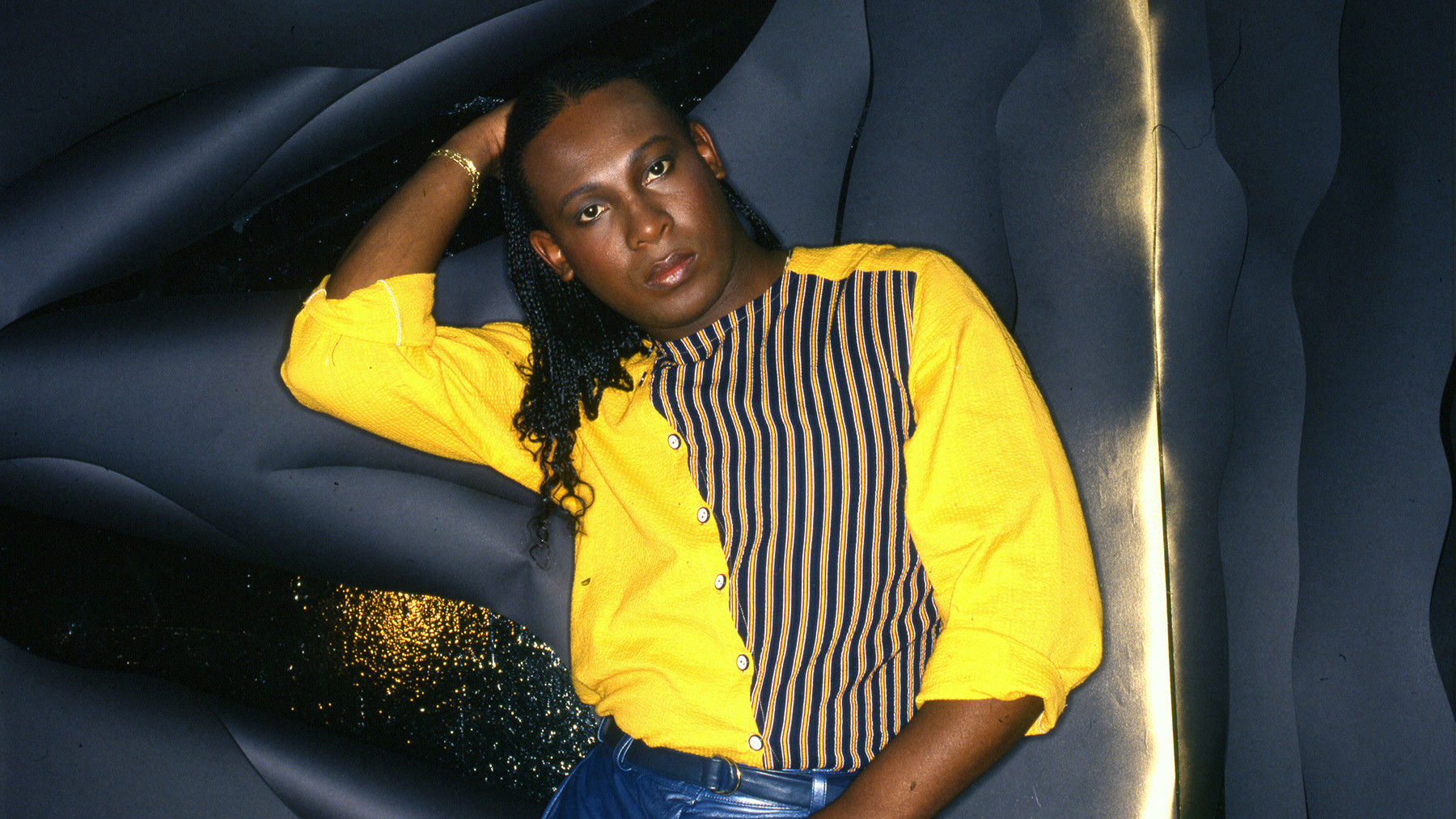 Sylvester James portrait, circa 1980. Image Credit: Anthony Barboza/Getty Images
Sylvester James portrait, circa 1980. Image Credit: Anthony Barboza/Getty Images
Patrick Cowley, a synth innovator, pioneered Hi-NRG, a gay-club staple, through his solo work and collaborations with Sylvester, including a legendary 16-minute extended version of Donna Summer’s “I Feel Love.” Illness struck Cowley in 1981, and he passed away in 1982, shortly after the term “AIDS” was officially recognized. Despite failing health, he persevered in the studio to finish his energetic tracks. “Do Ya Wanna Funk” remains a landmark – soaring synth riffs and Sylvester’s stratospheric falsetto. It also famously soundtracked the party scene in Trading Places, cementing its cultural impact. —M.M.
Funkadelic, ‘One Nation Under a Groove’ (1978)
![]() Funkadelic performing live. Image Credit: Redferns
Funkadelic performing live. Image Credit: Redferns
“One Nation Under a Groove,” led by a banjo, is arguably the greatest funk track ever. Its infectious groove topped the R&B charts for six weeks in 1978. George Clinton assigned the song to the guitar-heavy Funkadelic (rather than the horn-driven Parliament) to give it weight. “Parliament is smashing,” he explained. “But Funkadelic is the movement,” emphasizing the band’s revolutionary musical force. —M.M.
Evelyn Thomas, ‘High Energy’ (1984)
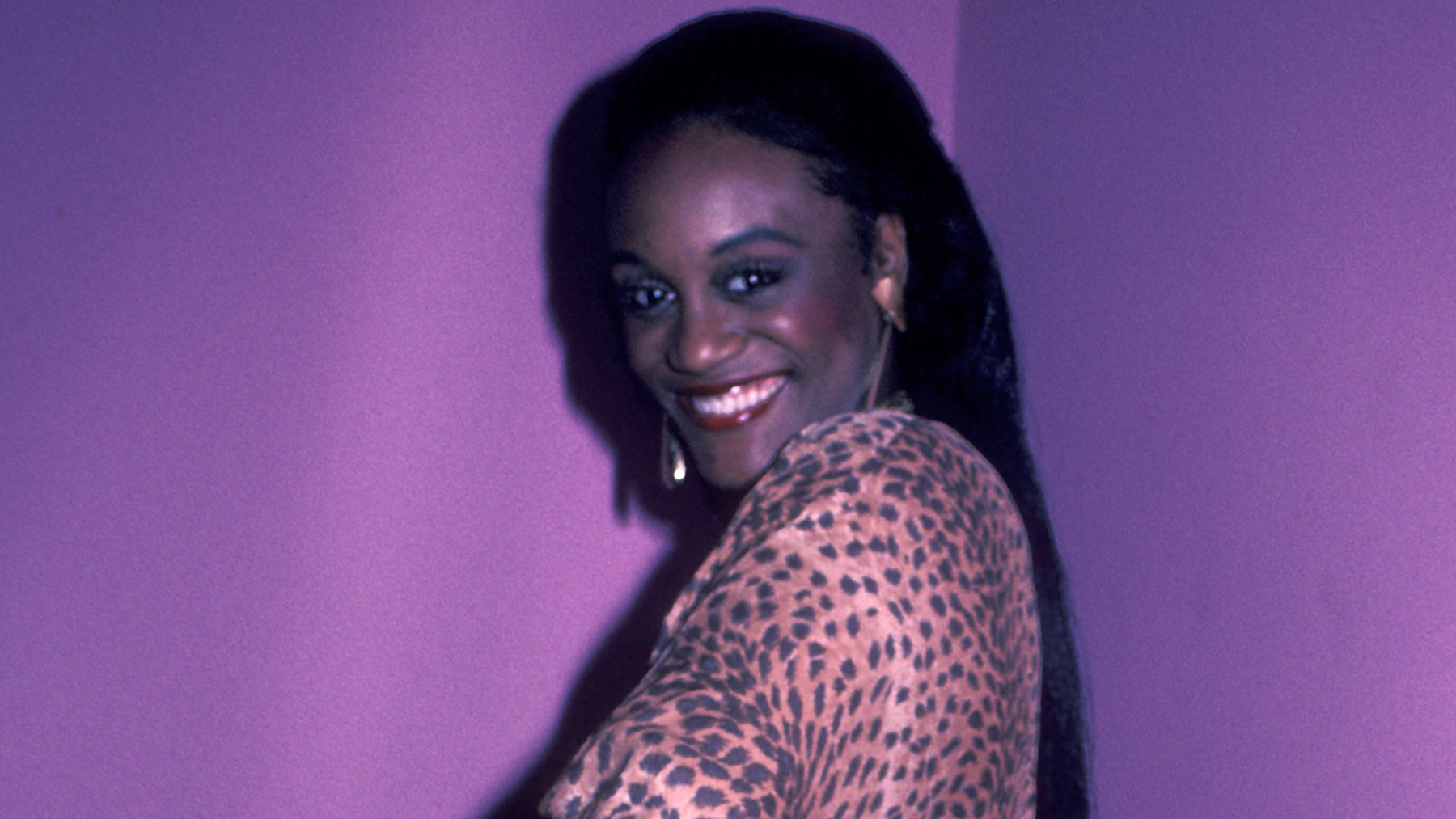 Evelyn Thomas at Limelight Disco, NYC, 1984. Image Credit: Ron Galella Collection via Getty
Evelyn Thomas at Limelight Disco, NYC, 1984. Image Credit: Ron Galella Collection via Getty
Released in 1984, “High Energy” gave the Hi-NRG genre its name. However, Chicago singer Evelyn Thomas had been working with Manchester producer Ian Levine since her teens in the mid-70s. Levine, a Northern Soul DJ who transitioned to disco, blended “gay disco and old Motown — the two main Hi-NRG ingredients,” according to Smash Hits. “High Energy,” brash, cheerful, and irresistibly cheesy, reached the UK Top Five and remains a club staple, as demonstrated by The Blessed Madonna in her Bunker Podcast. —M.M.
Daft Punk feat. Pharrell Williams and Nile Rodgers, ‘Get Lucky’ (2013)
When Pharrell Williams met Daft Punk at a Madonna party, he expressed his desire to collaborate. “If you just want me to play a tambourine, I’ll do it,” he offered. In Paris, he suggested channeling Nile Rodgers, and Daft Punk played him a track they had already created with Rodgers. Williams recorded his smooth vocals on that visit. “You don’t need MDMA for this music, because it’s so incredibly vivid,” he enthused, capturing the song’s euphoric and natural high. –M.M.
Mat Zo and Porter Robinson, ‘Easy’ (2013)
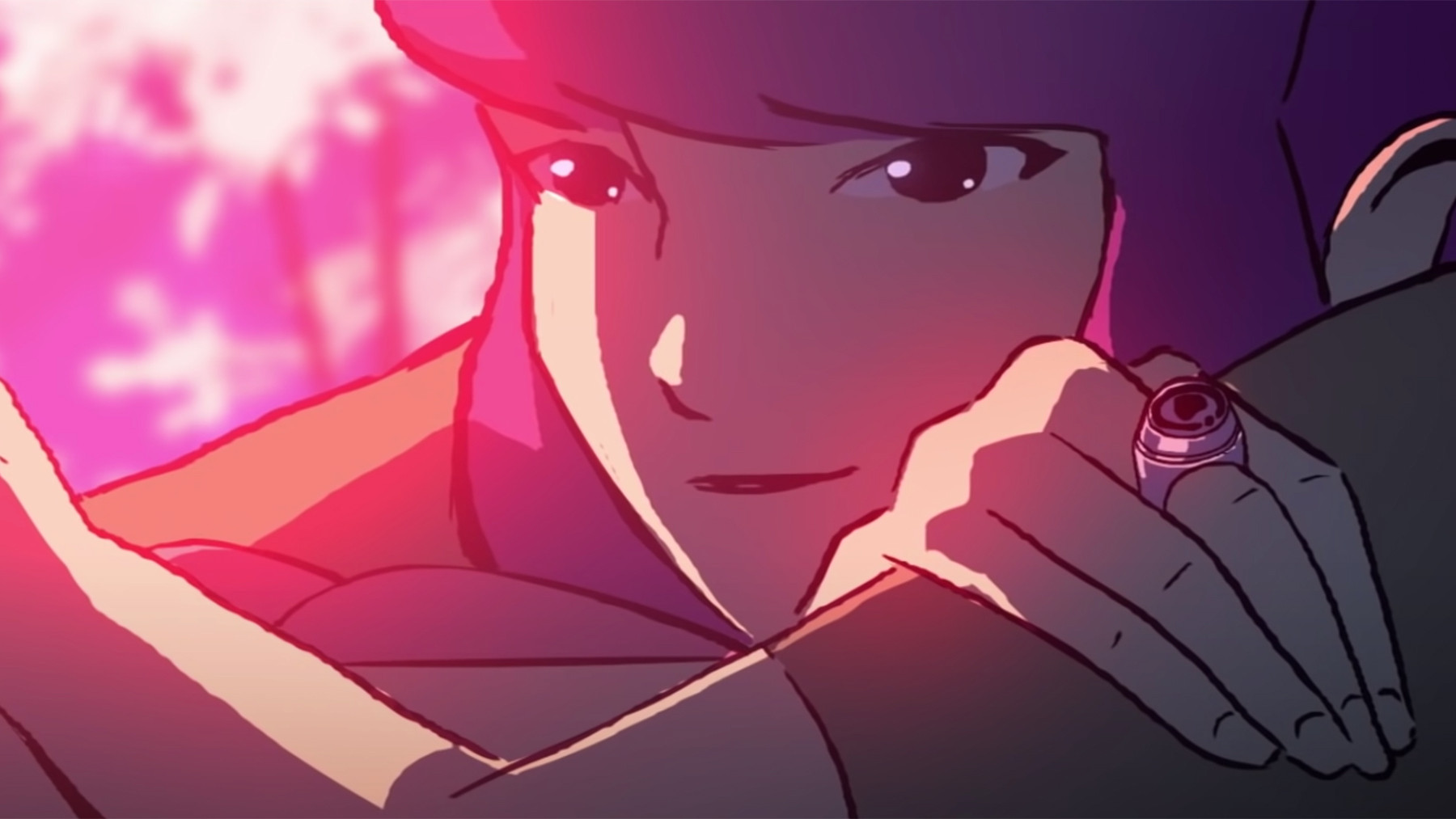 Porter Robinson and Mat Zo – Easy artwork. Image Credit: Porter Robinson – Matt Zo – Easy
Porter Robinson and Mat Zo – Easy artwork. Image Credit: Porter Robinson – Matt Zo – Easy
“‘Easy’ in my mind is an homage to Daft Punk’s Discovery,” Porter Robinson said of his collaboration with Mat Zo. “It takes the disco chords of all of the early French stuff and gives it a louder, more trance-inspired feel.” “Easy” expertly updates the French touch sound, blending glittery classicism with a trance-inspired energy. The central synth line evokes both a Theremin and a Moog, and the vocal sample (from Colourblind’s “Nothing Better”) provides emotional depth that was often missing in stadium EDM of that era. —M.M.
Justice vs. Simian, “We Are Your Friends” (2006)
In 2003, Parisian duo Justice entered a remix contest for Simian’s “Never Be Alone.” Limited by their equipment (sampler, sequencer, synthesizer), they only sampled the chorus vocals. The result was a raw, jarring track that perfectly bridged electroclash and EDM. Retitled “We Are Your Friends,” it became a hit in 2006, launching Justice’s career and inspiring Simian to transform into the dance act Simian Mobile Disco, demonstrating the remix’s transformative impact on both artists. —M.M.
Martin Garrix, ‘Animals’ (2013)
 Martin Garrix performing at Coachella, 2014. Image Credit: Scott Roth/Invision/AP
Martin Garrix performing at Coachella, 2014. Image Credit: Scott Roth/Invision/AP
Dance music often sees young talent rise to prominence, and the early 2010s EDM boom exemplified this. Martin Garrix’s “Animals,” built around a catchy synth riff, became a global smash when the Dutch producer was only 18. Its wordless, chant-like melody was instantly recognizable. Garrix faced skepticism initially. “At first, people in the industry assumed I didn’t make my own shit,” he recalled. “So I would do livestreams and production tutorials on the internet to get rid of that stigma,” proving his production skills and solidifying his place in EDM. —M.M.
Debbie Deb, ‘Lookout Weekend’ (1984)
“As far as I know, I coined the phrase. I hadn’t heard anybody call it freestyle music prior to me coming up with the name of the group Freestyle,” Miami producer Pretty Tony stated in 2015. His airy, energetic tracks bridged the gap between KC and the Sunshine Band and 2 Live Crew. “Lookout Weekend,” his second single with Debbie Weshoff Lopez, was freestyle at its peak. Like its predecessor, “When I Hear Music,” “Weekend” went triple platinum. Tony’s reaction? “I bought me a Porsche. As a matter of fact, two Porsches,” illustrating the genre’s commercial success. —M.M.
Tate Kobang, ‘Bank Rolls’ (2015)
 Tate Kobang performing in Austin, TX, 2016. Image Credit: Thomas M Jackson/Redferns
Tate Kobang performing in Austin, TX, 2016. Image Credit: Thomas M Jackson/Redferns
Tate Kobang’s “Bank Rolls (Remix),” built on a sample of Tim Trees’ Baltimore club track “Bank Roll,” is a modern tribute to Baltimore club music. The then 23-year-old rapper celebrated Baltimore’s culture, resilience, and energy. He even shouted out K-Swift, the influential Baltimore club DJ who brought the genre to a wider audience before her passing in 2008. “She was just one of those bodies in our culture that was like, ‘She ain’t never going anywhere,’” Kobang said. Like K-Swift’s work, “Bank Rolls (Remix)” introduced Baltimore club to a new generation. —C.S.
Soft Cell, ‘Tainted Love/Where Did Our Love Go?’ (1981)
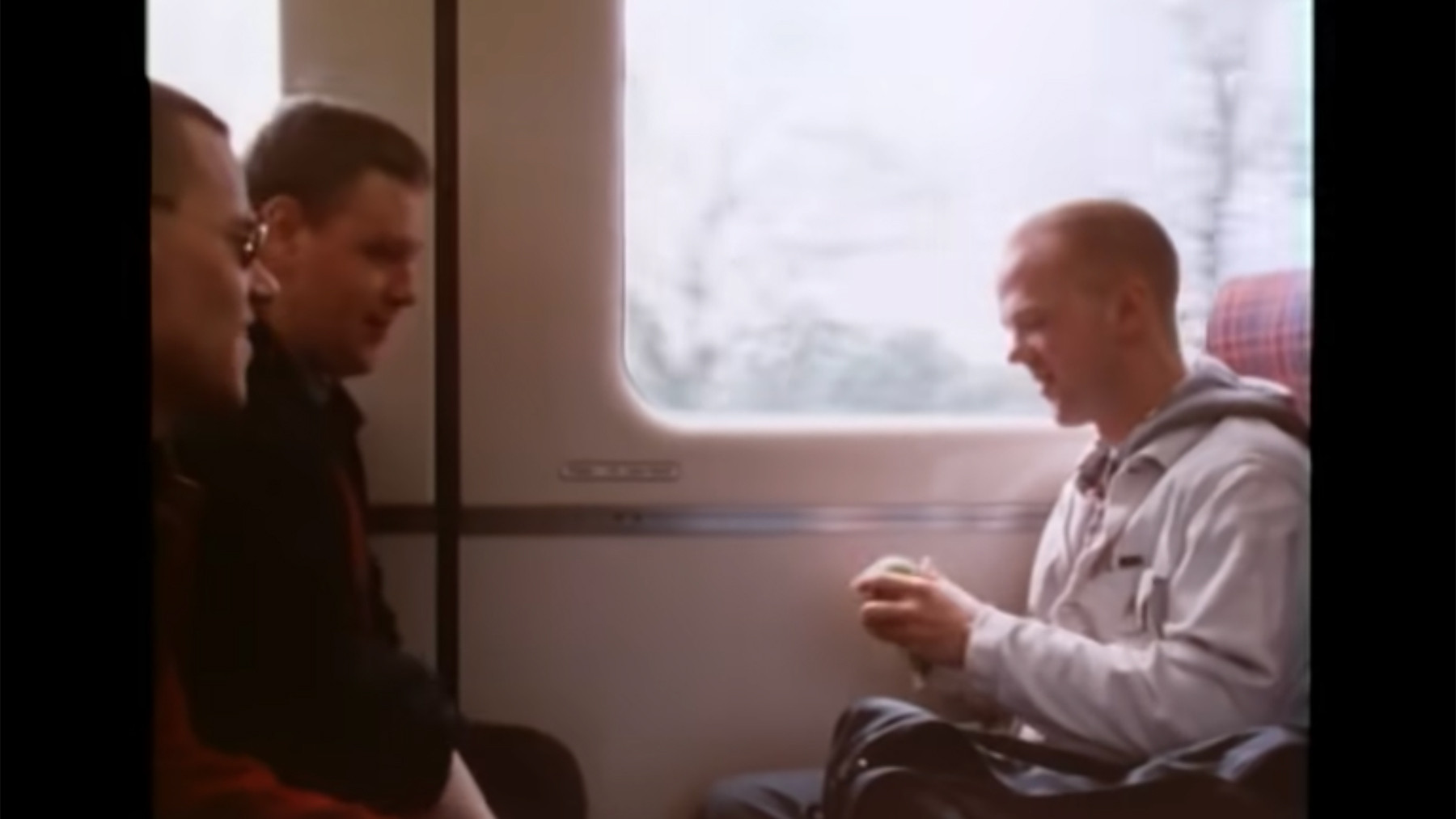 Soft Cell performing live. Image Credit: Redferns
Soft Cell performing live. Image Credit: Redferns
“We both like Northern soul, Sixties music, and the 12-inch record,” Marc Almond of Soft Cell explained in 1981. They combined these influences into a groundbreaking medley. Their synth-pop rendition of Gloria Jones’ “Tainted Love” was a hit on its own, but for the extended version, they seamlessly incorporated The Supremes’ “Where Did Our Love Go?” “It was originally just going to include a few bars of ‘Where Did Our Love Go?’ but we like the way it turned out and included the whole song,” Almond said. This nine-minute medley, a New Wave disco masterpiece, has captivated dance floors ever since. —M.M.
The Orb, ‘Little Fluffy Clouds’ (1990)
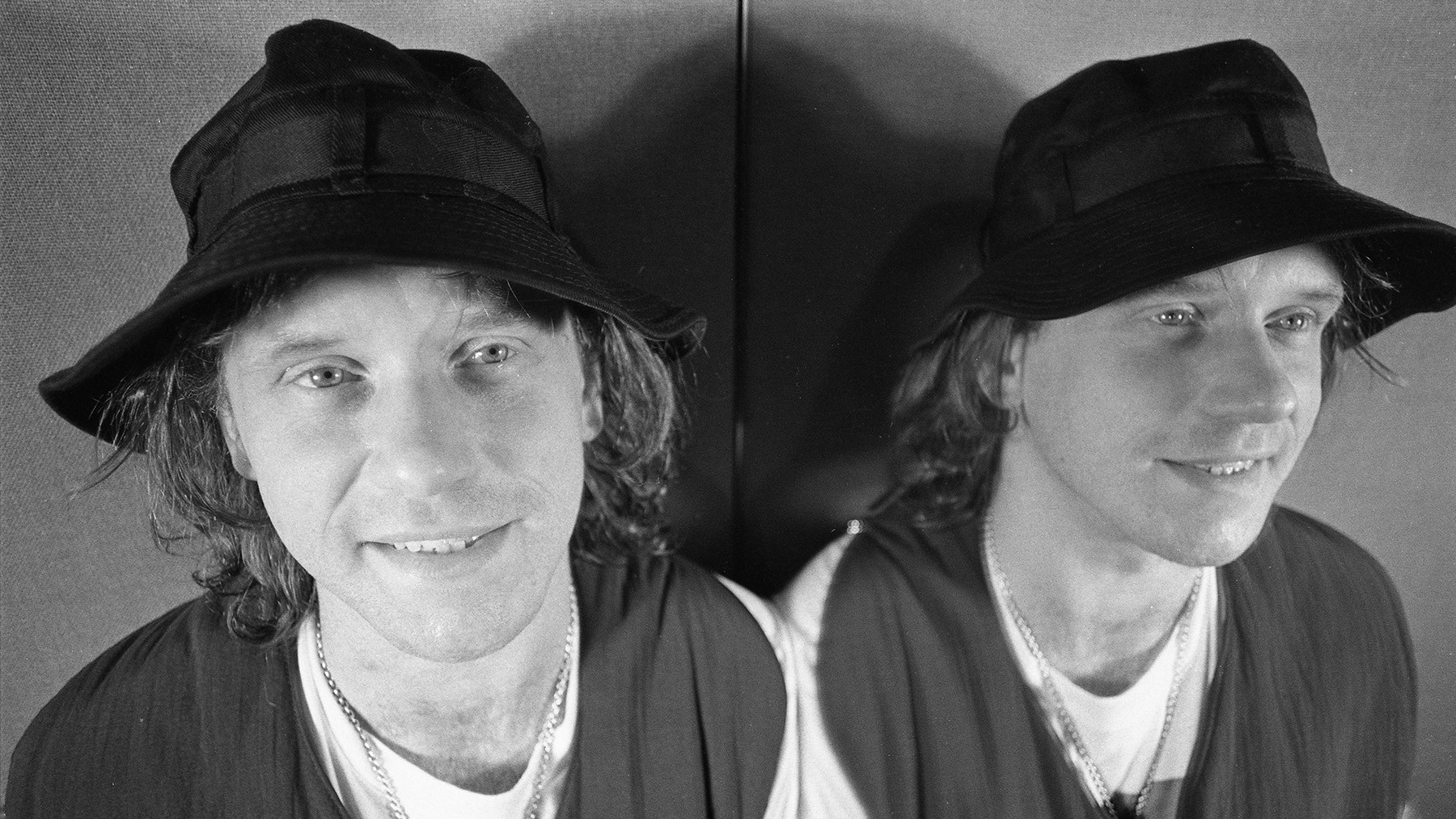 Alex Paterson of The Orb, London, 1991. Image Credit: Martyn Goodacre/Getty Images
Alex Paterson of The Orb, London, 1991. Image Credit: Martyn Goodacre/Getty Images
Alex Paterson of The Orb received a tape from a friend with a note: “This might be a good idea for a new Orb single.” Side A featured an interview with Rickie Lee Jones describing Arizona skies: “The most beautiful skies, as a matter of fact … purple and yellow and red and on fire.” Side B contained Steve Reich’s Electric Counterpoint. Combining them, Paterson created “Little Fluffy Clouds,” a defining track of the acid-house era. Reich “was very happy when he heard it,” Paterson recalled. “Suddenly, it was being played to the masses, and they were loving it,” bridging classical minimalism and club culture. —M.M.
Polygon Window, ‘Quoth’ (1993)
Richard D. James, aka Aphex Twin, is known for more cerebral electronic music. However, in the early 90s, he produced rave anthems. “Quoth,” released under the Polygon Window alias, is a prime example – a percussive symphony. It was particularly popular in the American Midwest, where it was played at barn raves. Its intense energy and complex rhythms made it a standout track of the era. —M.M.
Skream, ‘Midnight Request Line’ (2005)
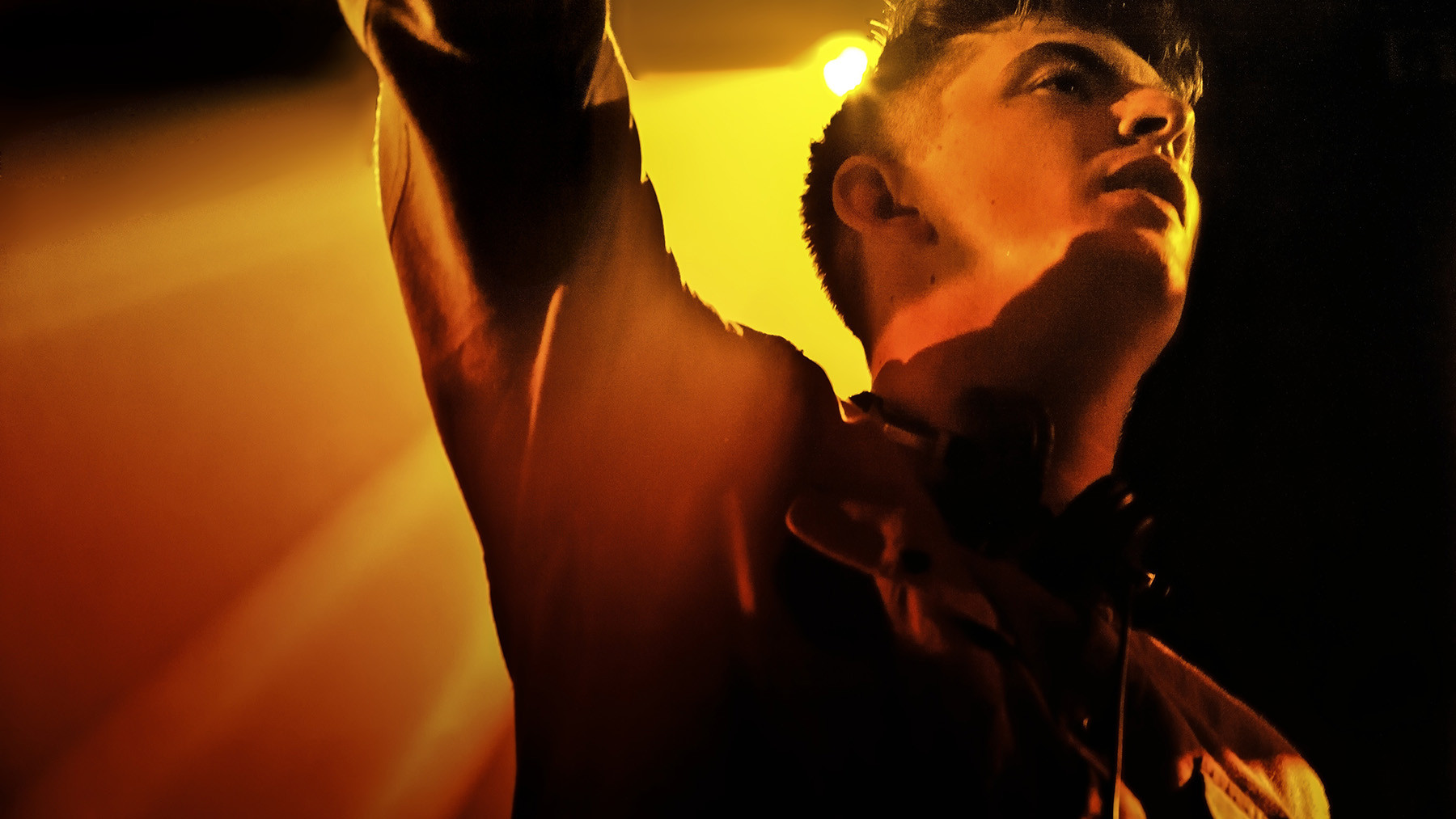 Skream DJing at Fabric Nightclub, London. Image Credit: PYMCA/Universal Images Group via Getty
Skream DJing at Fabric Nightclub, London. Image Credit: PYMCA/Universal Images Group via Getty
Shortly after releasing “Midnight Request Line,” London dubstep producer Skream discovered its impact. “I was on a boys’ holiday with my friends. They had a DJ Magazine or a Mixmag rack up on a shelf … I looked at it, and I had Record of the Month. I was like, ‘Shit, I need to get home.’” The track, with its synth melody, gliding bass, and heavy claps, propelled Skream and dubstep into the spotlight, defining the genre’s early sound. –M.M.
Paul Johnson, ‘Feel My M.F. Bass’ (1994)
“Ghetto house,” house music’s raw counterpart to gangsta rap, was pioneered by Chicago producers like those on Dance Mania Records. Paul Johnson, a wheelchair-using producer, was a leading figure, creating unconventional tracks with unique flair. His pinnacle was “Feel My M.F. Bass,” a track built around a powerful kick drum over which Johnson gleefully proclaimed, “Feel my motherfuckin’ bass in your face.” This blunt, yet playful, track became a ghetto house classic. Paul Johnson passed away from Covid in 2021, leaving behind a legacy of innovative Chicago house. —M.M.
Ten City, ‘That’s the Way Love Is’ (1989)
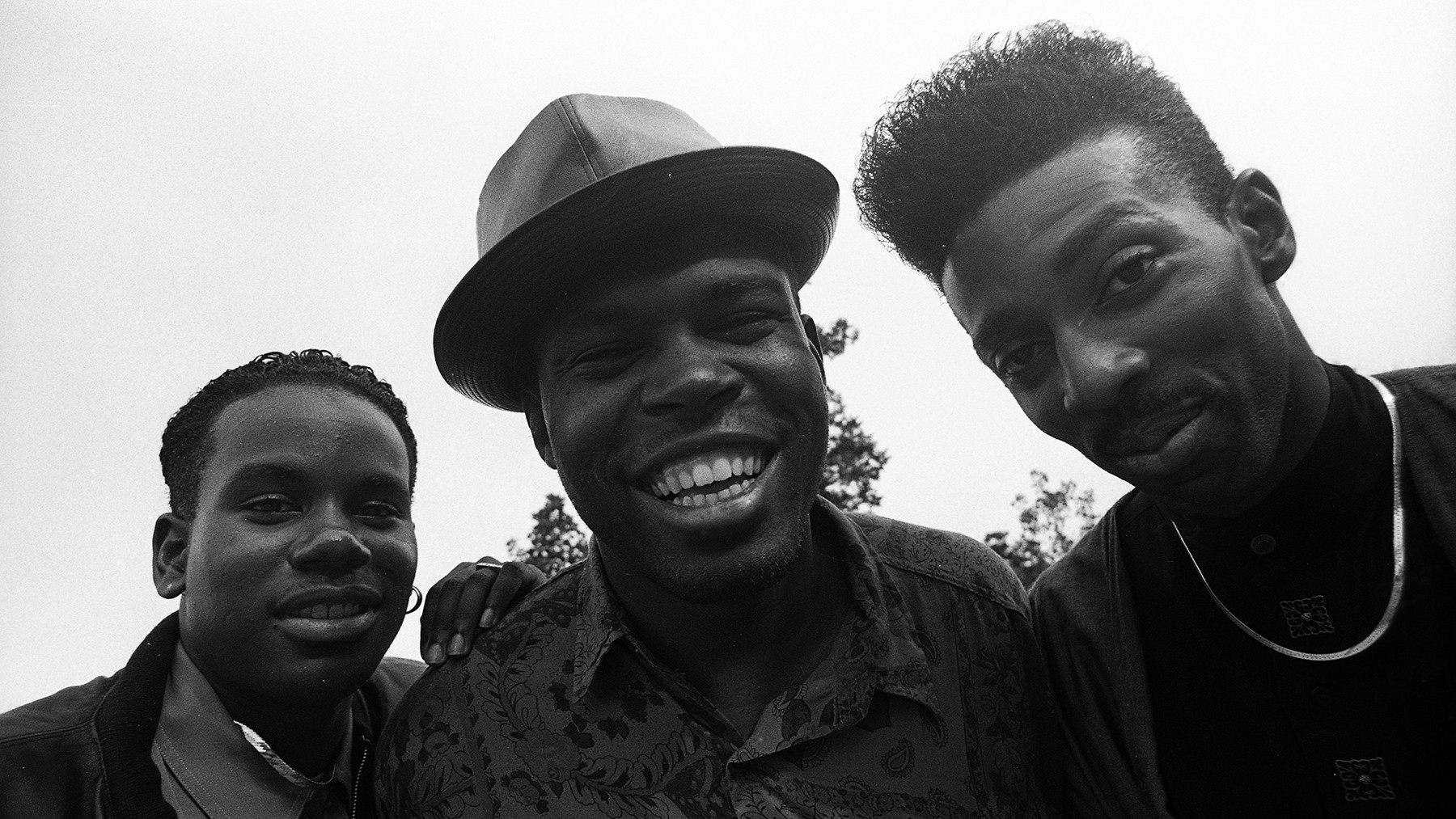 Ten City group portrait, London, 1990. Image Credit: Martyn Goodacre/Getty Images
Ten City group portrait, London, 1990. Image Credit: Martyn Goodacre/Getty Images
“When Ten City started, I think we were both at a point where we wanted to expand the genre by writing proper songs while at the same time doing more abstract things,” said Marshall Jefferson, who produced the Chicago house vocal trio. “That’s the Way Love Is,” Ten City’s third single, defined their style – Philly-soul strings, lush love songs, and Byron Stingily’s high falsetto. It reached the UK Top 10 and topped the Billboard dance chart. Jefferson noted, “people in South Africa have told us stories of how that song represents liberation for them,” highlighting its global impact and emotional resonance. —M.M.
Nitzer Ebb, ‘Join in the Chant’ (1987)
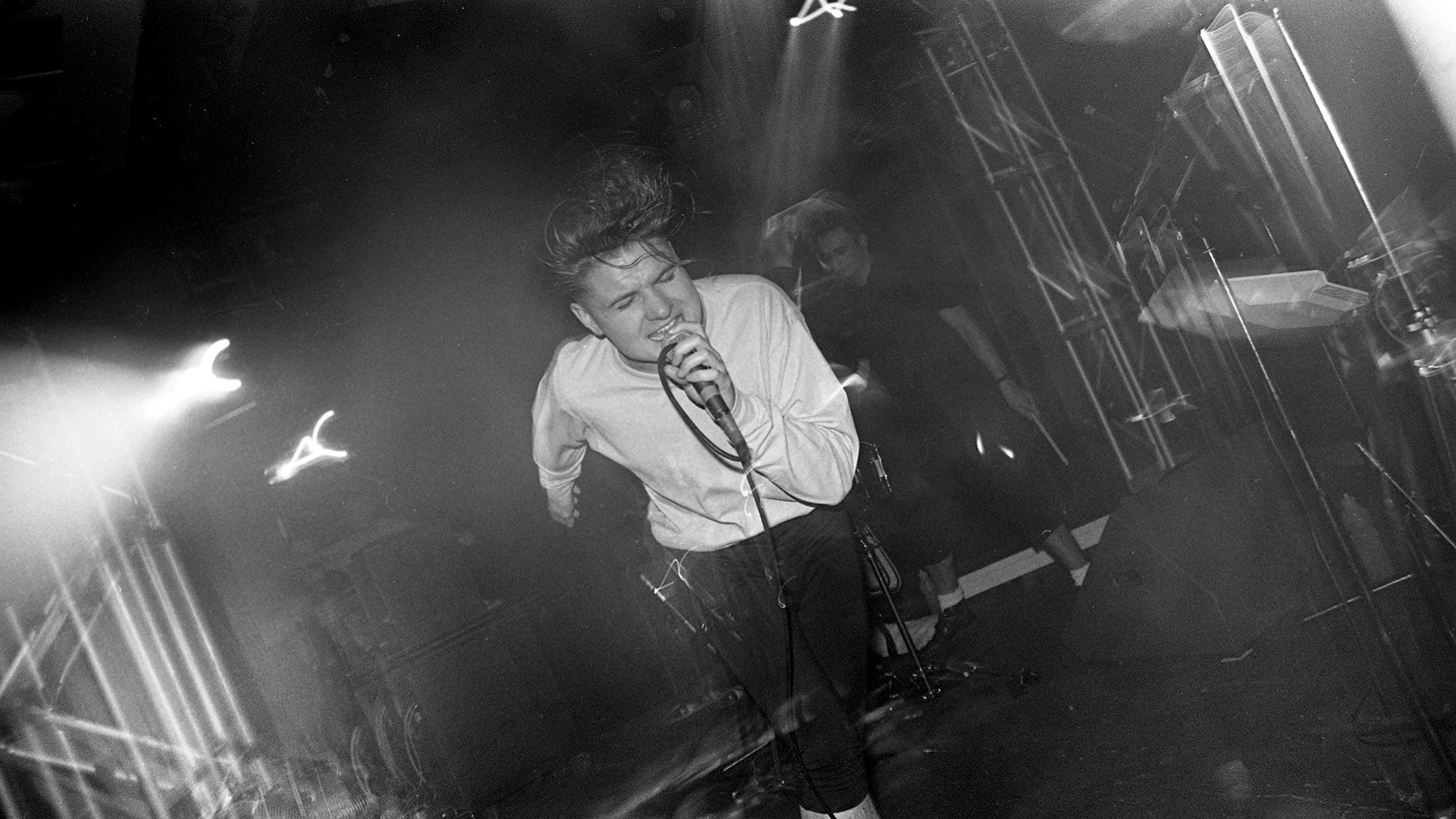 Nitzer Ebb performing live. Image Credit: Getty Images
Nitzer Ebb performing live. Image Credit: Getty Images
Industrial groove act Nitzer Ebb, from England’s Midlands, had dance music in their DNA. “The clubs we knew were disco and funk,” frontman Douglas McCarthy explained. “It’s in the DNA of the area.” “Join in the Chant,” their most iconic anthem, became a techno crossover hit, especially in Detroit, where techno artists like Carl Craig had roots in industrial music. Richie Hawtin included “Chant” in his Decks, EFX & 909 mix, and Andrew Weatherall famously said, “The closest I felt to God was listening to ‘Join in the Chant,’” emphasizing its powerful, almost spiritual, impact on dance floors. —M.M.
Bronski Beat, ‘Smalltown Boy’ (1984)
 Soft Cell performing live. Image Credit: Redferns
Soft Cell performing live. Image Credit: Redferns
Bronski Beat’s Jimi Somerville joked his vocal training was singing along to Donna Summer and Sylvester. “I wanted a lot more out of life than working in a paint factory and having to accept that being gay was a nighttime occupation only,” he said. “I just had had enough of the abuse and the heartache.” He channeled this into “Smalltown Boy,” a poignant portrayal of alienation and escape. With its haunting vocal hook (“Run away, run away, run away”) and synth backdrop, it became a gay club anthem, topping the Billboard club chart and reaching the UK Top Three, becoming a symbol of LGBTQ+ liberation and escape. —M.M.
LFO, ‘LFO (Leeds Warehouse Mix)’ (1990)
LFO were pioneers of Sheffield’s “bleep” scene, Warp Records’ initial sound. Steve Beckett of Warp explained, “it had nothing to do with the bleeps for the people making it — for them it was all about the bass.” Their self-titled track, “LFO,” got them signed. Icy synth chords and bleeps set the stage for layers of bass – the main bassline makes you move, while the sub-bass can shake foundations, demonstrating the power of minimalist bass-driven techno. —M.M.
Drake, ‘Sticky’ (2022)
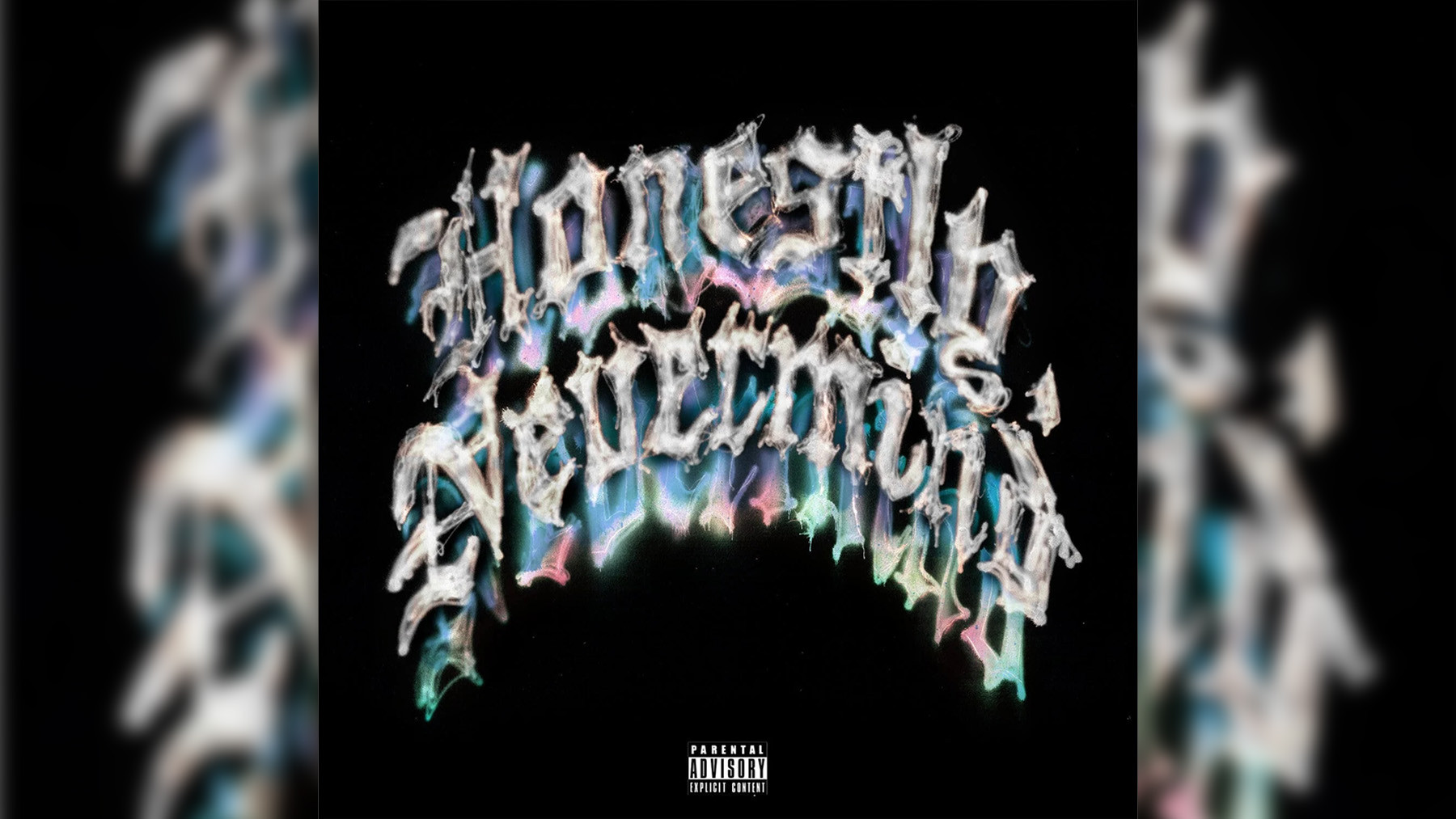 Drake Sticky album art. Image Credit: Drake Sticky
Drake Sticky album art. Image Credit: Drake Sticky
Drake’s dance music foray, Honestly, Nevermind, is deliberately understated, incorporating Jersey and Baltimore club music and deep-house elements. “Sticky,” produced by Gordo and Ry X, stands out. Drake shifts from his album’s subdued vocals to rap about personal topics like Young Thug’s release and Virgil Abloh’s passing. It exemplifies a superstar embracing subcultures and finding a new creative dimension, making it a notable entry in Drake’s diverse discography. —J.D.
Roland Clark, ‘I Get Deep (Shelter Mix)’ (2000)
“The love of house music started when I went to Club Zanzibar in lieu of my prom,” Roland Clark recalled, referencing the Newark club where Tony Humphries was resident DJ. “I Get Deep” expresses this deep love for house. Over lively beats and keyboard melodies, Clark’s monologue captures the euphoria of a dance floor moment – “All the sweat just goes down my face/And I pretend that there’s nobody there but me in this place.” The a cappella version was famously sampled by Fatboy Slim, further extending its influence. —M.M.
Aly-Us, ‘Follow Me’ (1992)
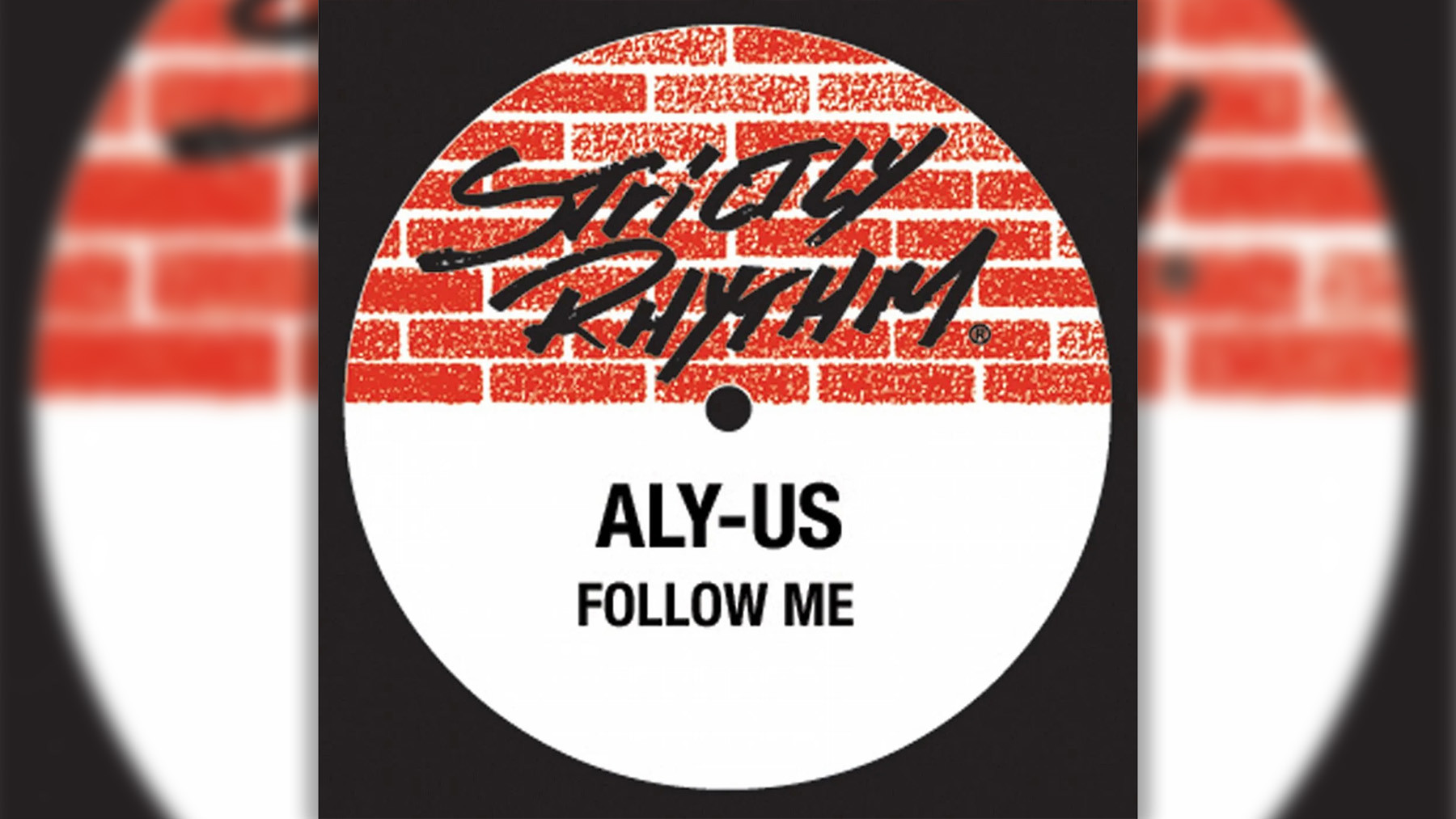 Aly-Us Follow Me album art. Image Credit: Aly-Us Follow Me
Aly-Us Follow Me album art. Image Credit: Aly-Us Follow Me
Early house music often had a raw, lo-fi quality, which was part of its charm. Aly-Us’s “Follow Me” exemplifies this. This uplifting, gospel-inspired track (“We must stop fighting/To achieve the peace”) was recorded by a New Jersey trio in a basement on a four-track. Its lo-fi production and slightly imperfect vocals enhance its urgency and emotional power, making it a deeply moving club anthem. —M.M.
George McCrae, ‘Rock Your Baby’ (1974)
In the summer of 1974, two club-originating songs topped the Billboard Hot 100. One was “Rock the Boat,” the other, George McCrae’s “Rock Your Baby.” These were early disco hits. Keyboardist Henry Wayne Casey, drummer Richard Finch, and guitarist Jerome Smith created the shimmering track. McCrae, present at TK Records, was given the song, as he recalled, “I think they gave me ‘Rock Your Baby’ to get me out of their hair.” After its success, Casey, Finch, and Smith formed KC and the Sunshine Band, demonstrating the track’s pivotal role in early disco history. —M.M.
El General, ‘Perezosa’ (1995)
 El General performing live. Image Credit: El General
El General performing live. Image Credit: El General
Panamanian pioneer El General laid the foundation for reggaeton with his international hits using reggae rhythms in the 80s and 90s. His experimental approach and broader impact on club music are often overlooked. “Perezosa,” from Club 555, showcases his range – a powerful, empowering dance anthem packed with high-voltage electronic sounds capturing the energy of Latin American parties. —J.L.
Tom and Jerry, ‘Maximum Style’ (1994)
4Hero, aka Marc Mac and Dego McFarlane, are drum and bass stalwarts, consistently producing hits across its evolution. Tom and Jerry, one of their aliases, created “Maximum Style,” released as jungle’s popularity surged in the UK. This smooth stepper, with its enchanting guitar riff and cartoon sound effects, balanced playfulness with a serious groove, becoming a jungle classic. —M.M.
LCD Soundsystem, ‘Losing My Edge’ (2002)
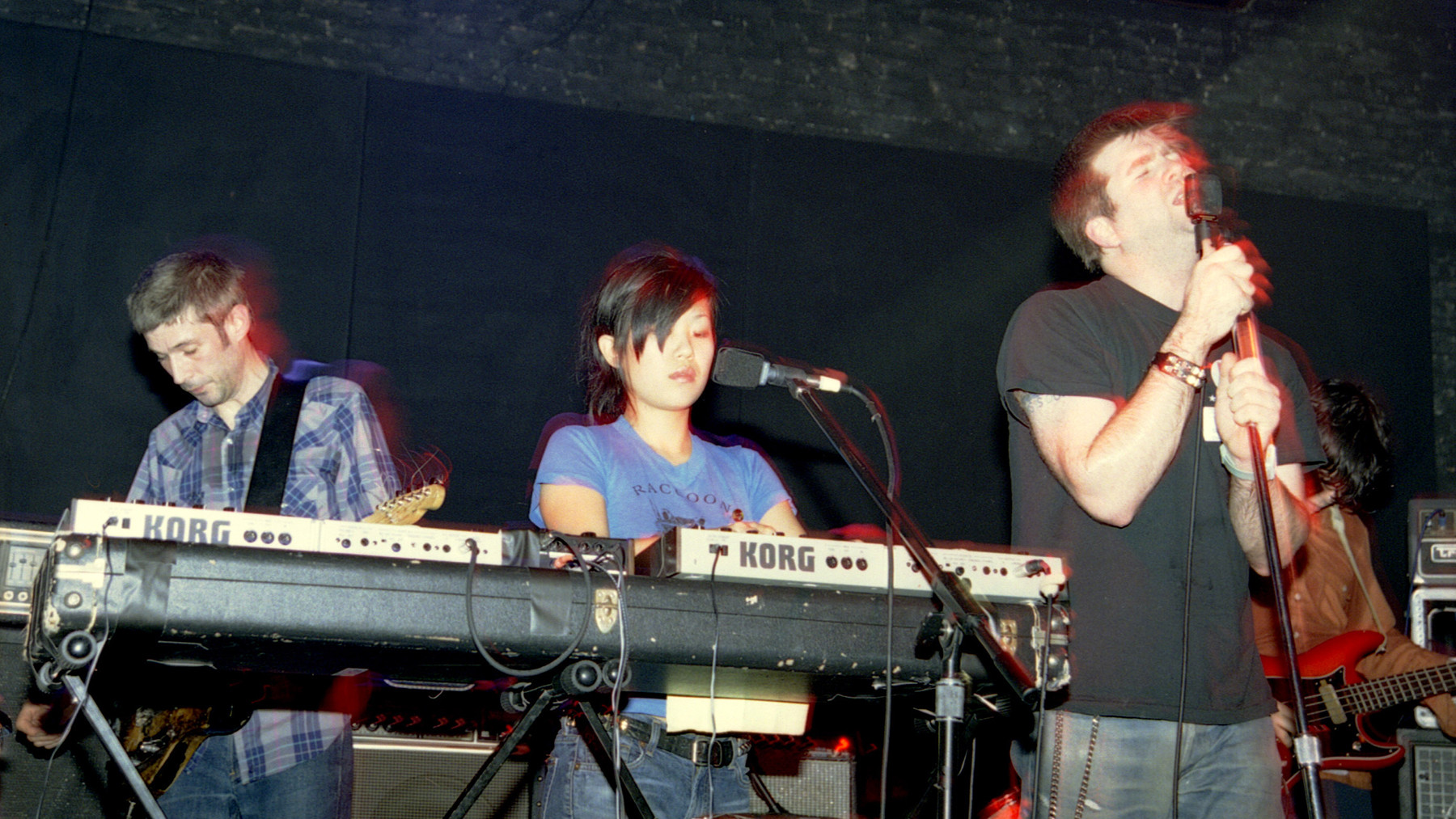 LCD Soundsystem performing at Bowery Ballroom, NYC, 2002. Image Credit: David Corio/Redferns
LCD Soundsystem performing at Bowery Ballroom, NYC, 2002. Image Credit: David Corio/Redferns
James Murphy’s LCD Soundsystem debut single, “Losing My Edge,” is both a dance track and a comedic monologue, a wry commentary that ignited New York’s dance-punk scene in the early 2000s. Murphy portrays a fading hipster, humorously lamenting his obsolescence as new generations emerge, despite his “been there, done that” credentials. “Losing My Edge” made you laugh and dance, its FOMO theme resonating universally. —J.D.
Shakira, ‘Ojos Asi (Thunder Mix)’ (1999)
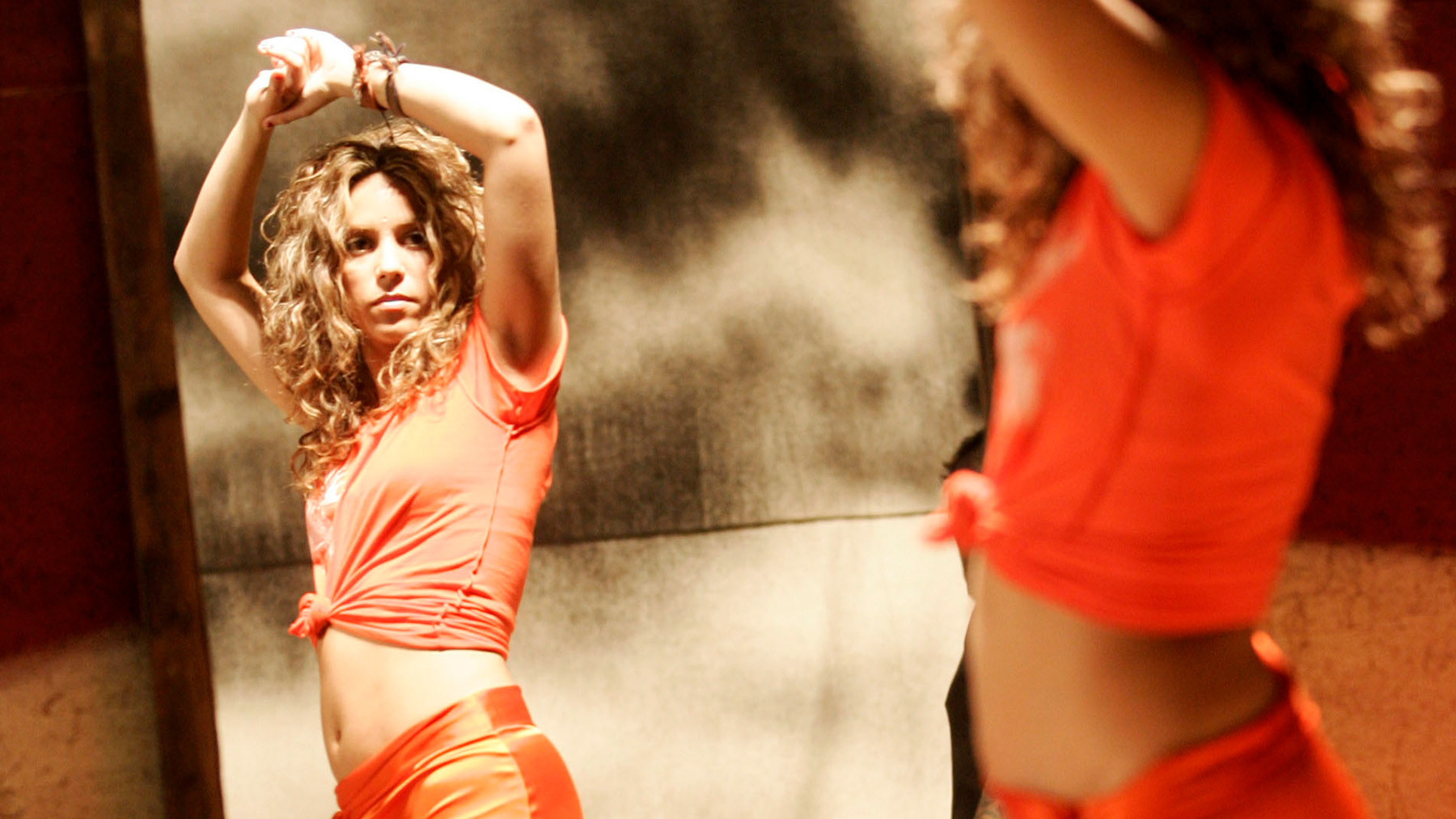 Shakira performing live. Image Credit: ASSOCIATED PRESS
Shakira performing live. Image Credit: ASSOCIATED PRESS
Pablo Flores, a key figure in Latin pop, worked with Emilio Estefan and artists like Gloria Estefan and Ricky Martin. When he met Shakira in the 90s, he and Javier Garza helped create “Ojos Asi,” a groundbreaking song honoring her Lebanese heritage and foreshadowing global Latin music trends. His extended remix enhanced these elements with masterful production, appealing to dance floors worldwide and solidifying Shakira’s global appeal. —J.L.
Squarepusher, ‘My Red Hot Car’ (2001)
 Squarepusher performing in Nottingham, UK, 2013. Image Credit: Ollie Millington/Redferns via Getty Images
Squarepusher performing in Nottingham, UK, 2013. Image Credit: Ollie Millington/Redferns via Getty Images
Squarepusher, aka Tom Jenkinson, twisted drum and bass into complex, often undanceable forms in the mid-90s. He later aimed for spontaneity and a more playful approach. “My Red Hot Car,” with its cut-up vocals and glitchy production, balances abstraction with a compelling groove and a catchy bassline. This track appeals to adventurous DJs and demonstrates Squarepusher’s evolution towards more accessible, yet still intricate, dance music. —M.M.
Moloko, ‘Sing It Back (Boris Musical Mix)’ (1997)
Moloko’s “Sing It Back,” featuring Róisín Murphy’s distinctive vocals, was initially a moody, downtempo track that didn’t achieve mainstream success. However, Boris Dlugosch’s remix transformed it into a crisp house track, built on a Chic-inspired groove. This remix, with its infectious rhythm guitar and playful bass, reached the UK Top Five and launched Murphy’s successful solo career, showcasing the power of a transformative remix. —M.M.
The Human League, ‘Don’t You Want Me’ (1981)
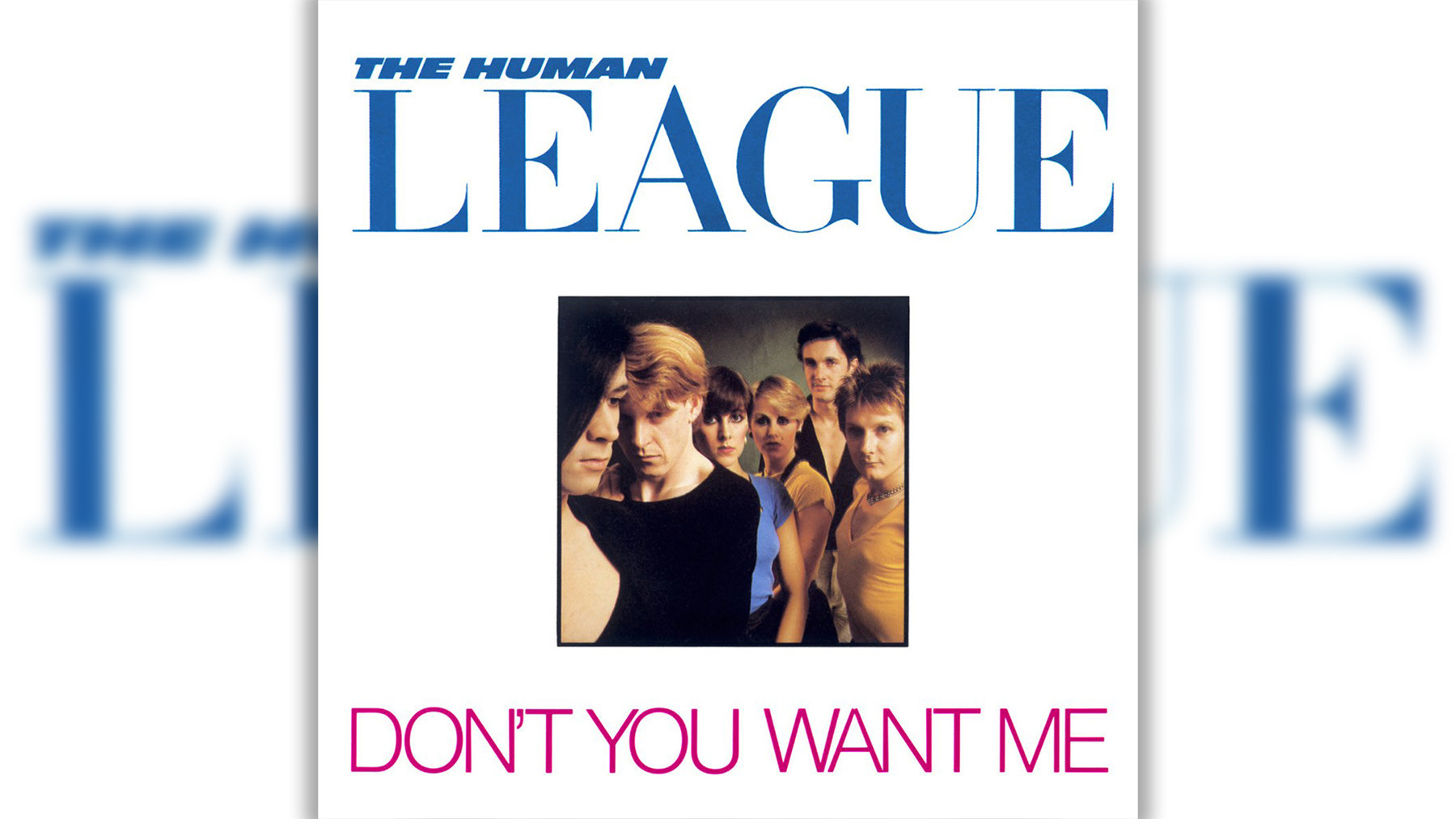 The Human League performing live. Image Credit: The Human League Don
The Human League performing live. Image Credit: The Human League Don
Human League keyboardist Jo Callis described the lyrical concept of “Don’t You Want Me” as inspired by A Star Is Born and My Fair Lady – a story of an impresario transforming someone into a superstar who then eclipses him. Despite initial doubts within the group, the song’s he-said-she-said structure and catchy riff, combined with a huge chorus, proved irresistible. It became their first UK and US Number One hit, and a Top Three Billboard Dance Club hit, marking a crucial moment in the fusion of UK synth-pop, club music, and mainstream pop. —M.M.
These tracks represent just a glimpse into the vast and ever-evolving world of club dance songs. From disco’s glamorous beginnings to the diverse sounds of modern electronic music, these anthems have moved generations and continue to inspire dance floors worldwide. Explore these classics and delve deeper into the rich history of dance music culture – your next favorite club track might just be waiting to be discovered.
